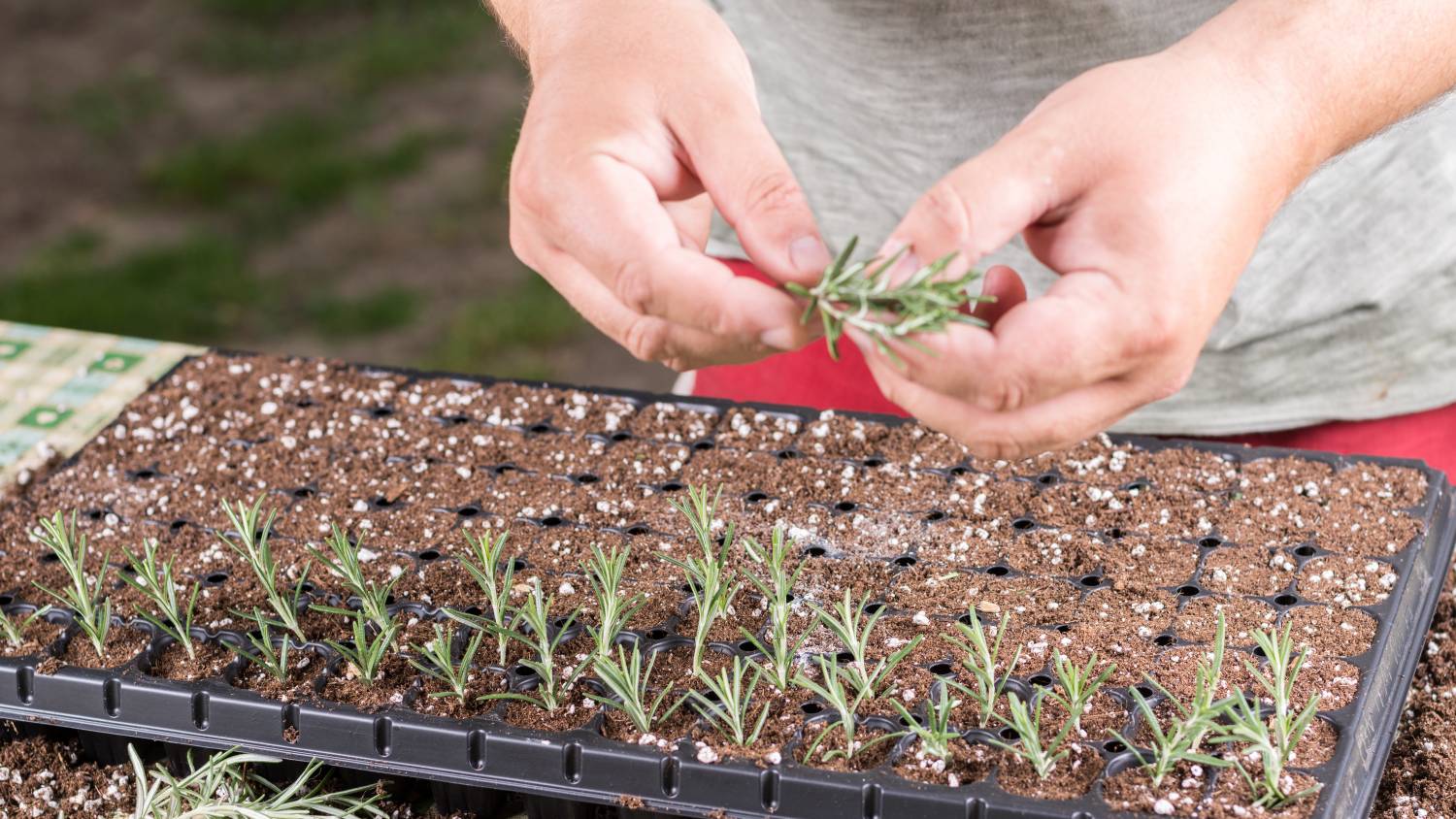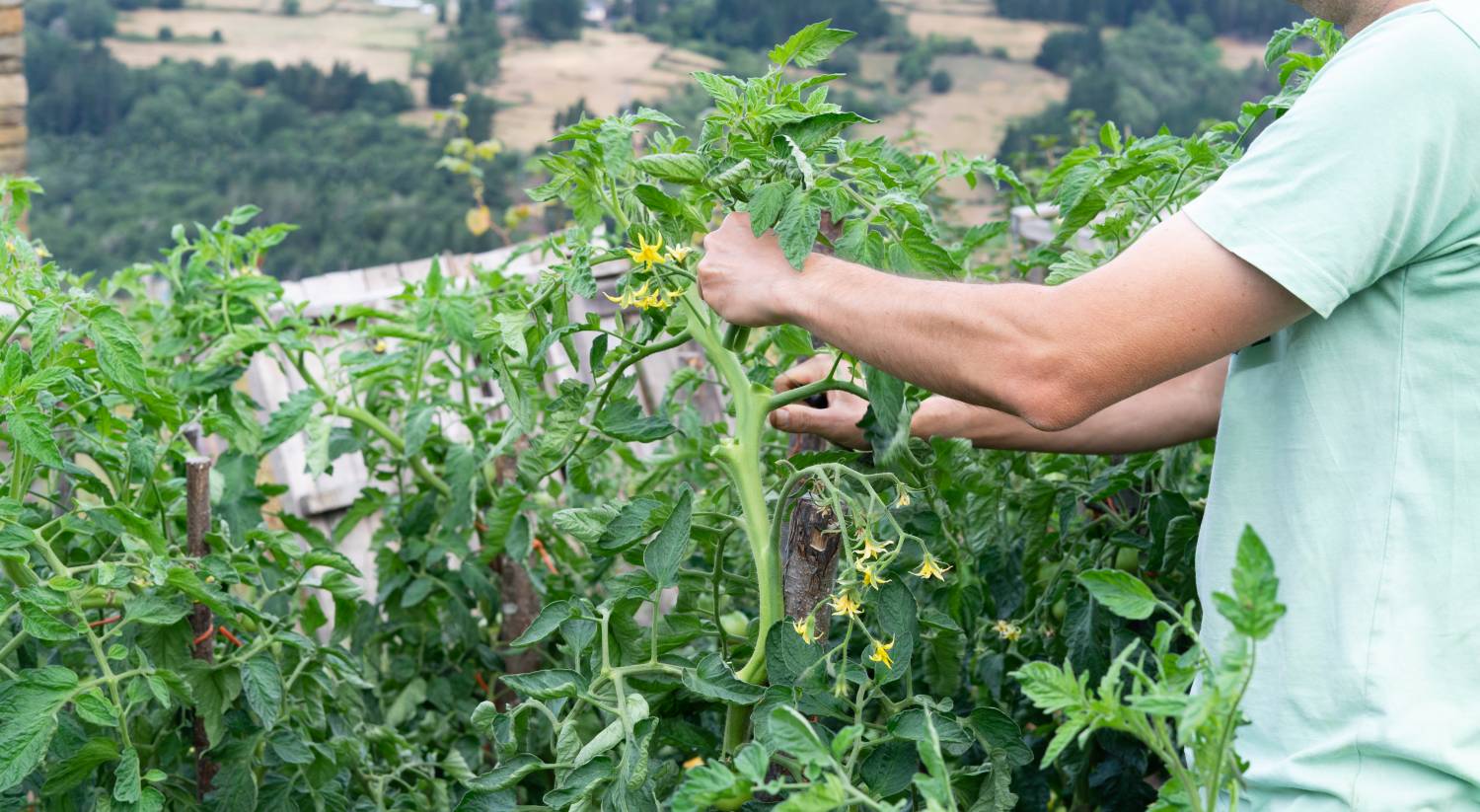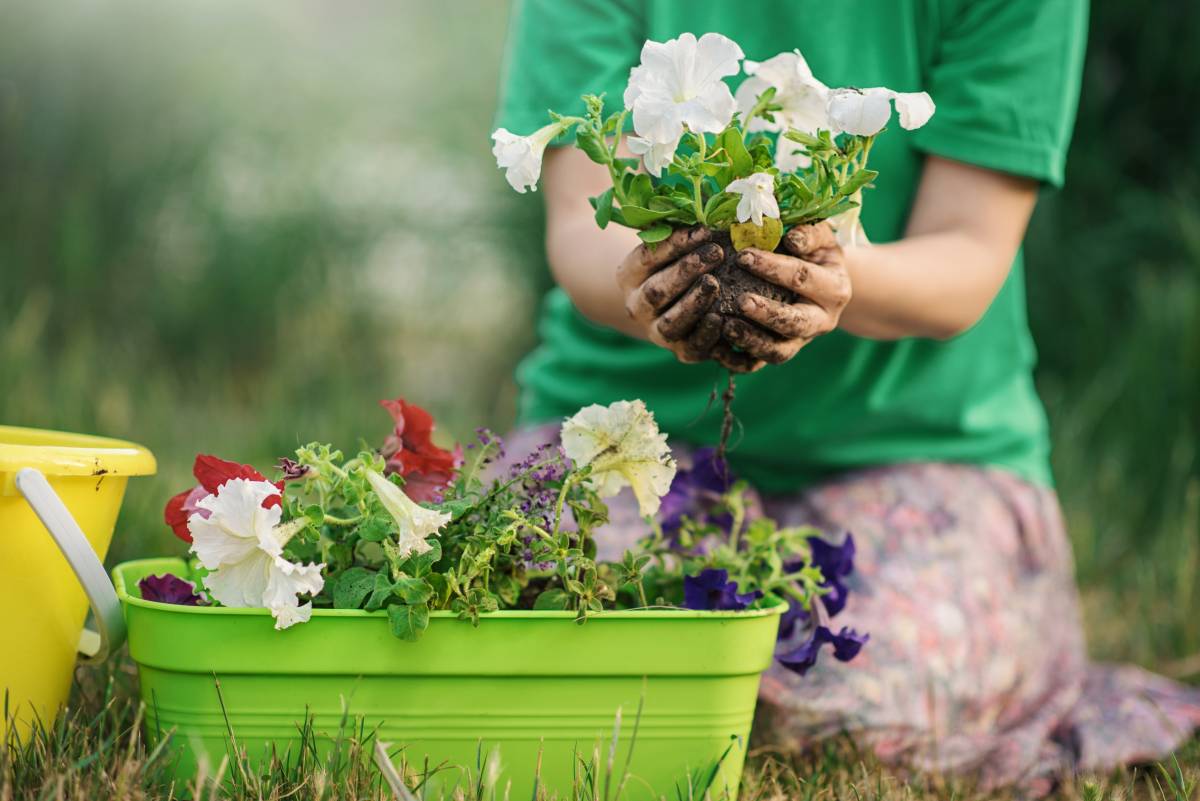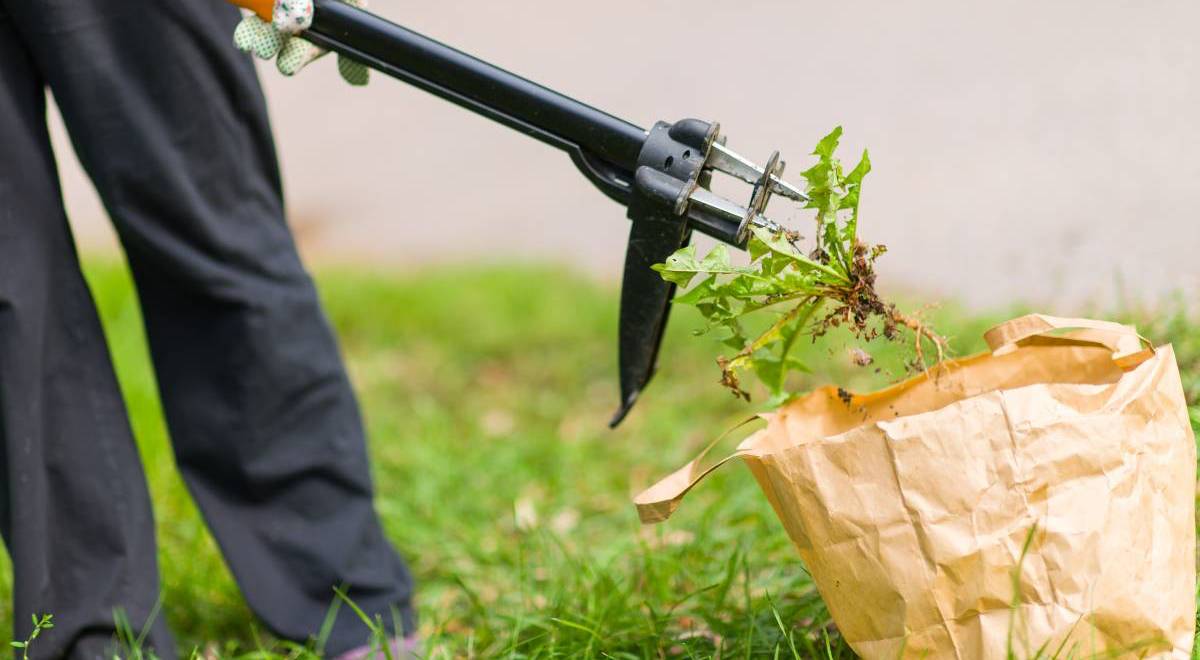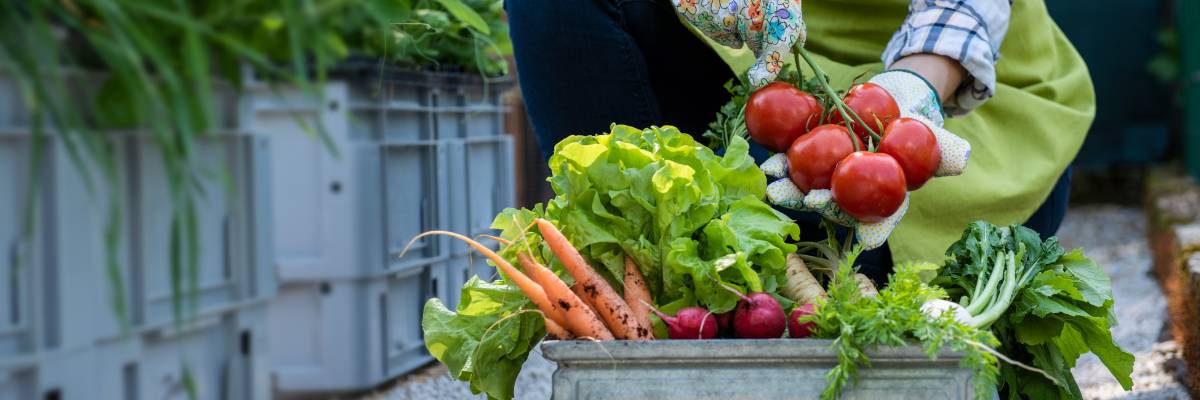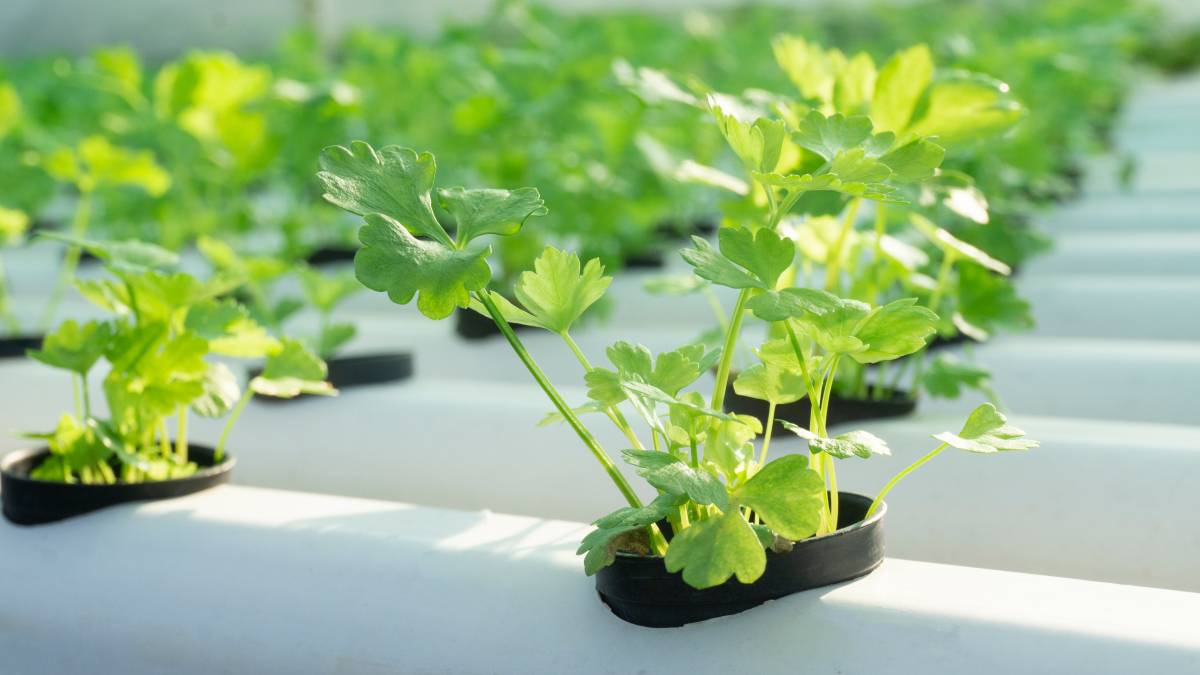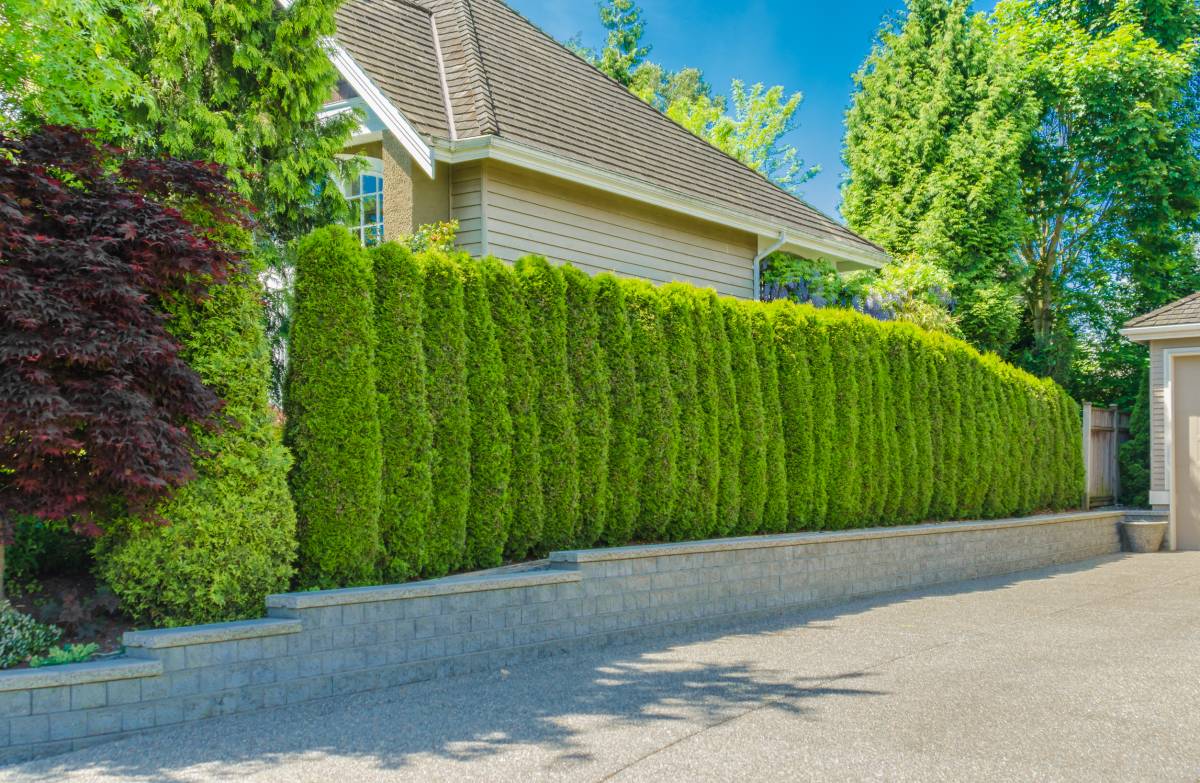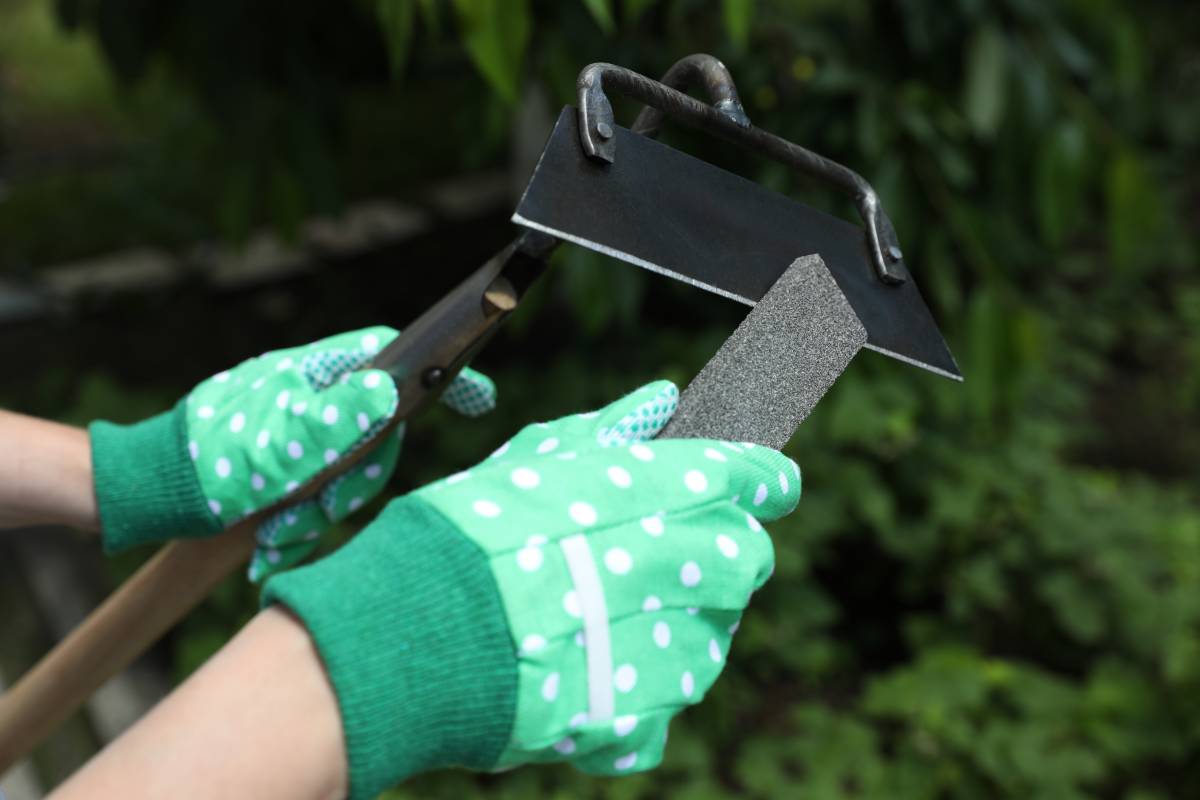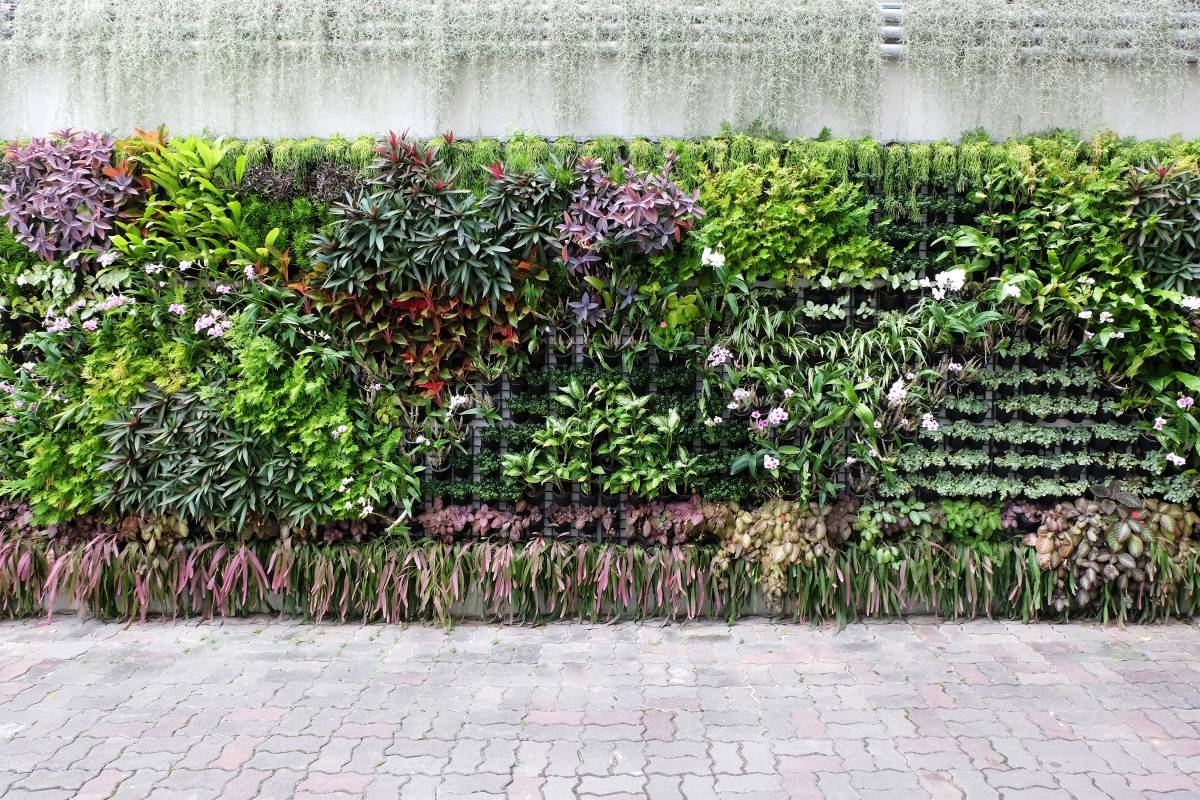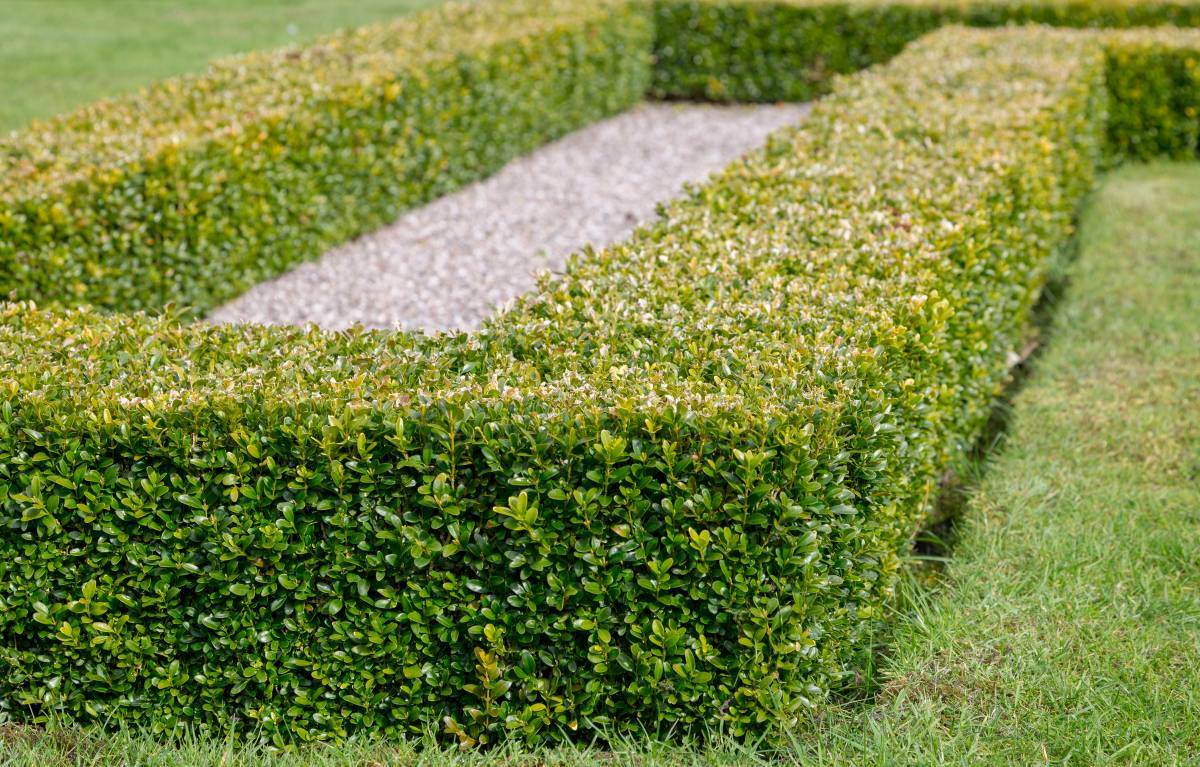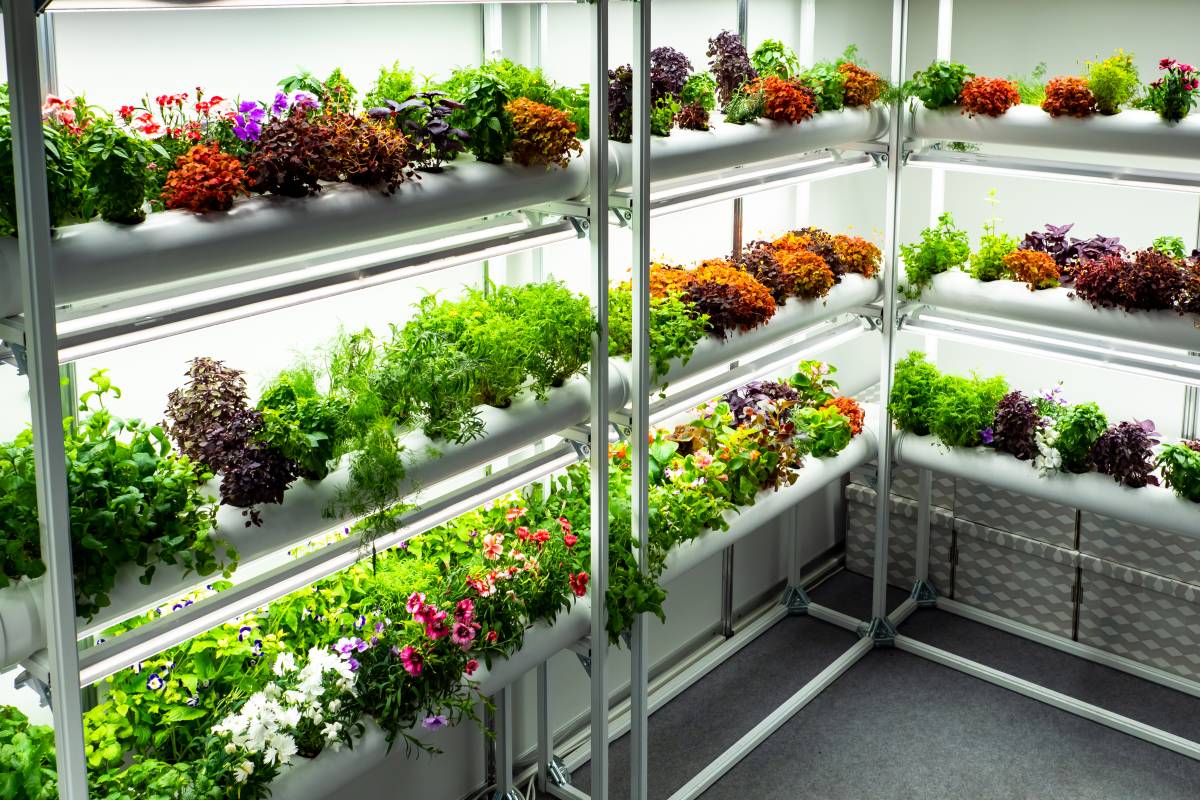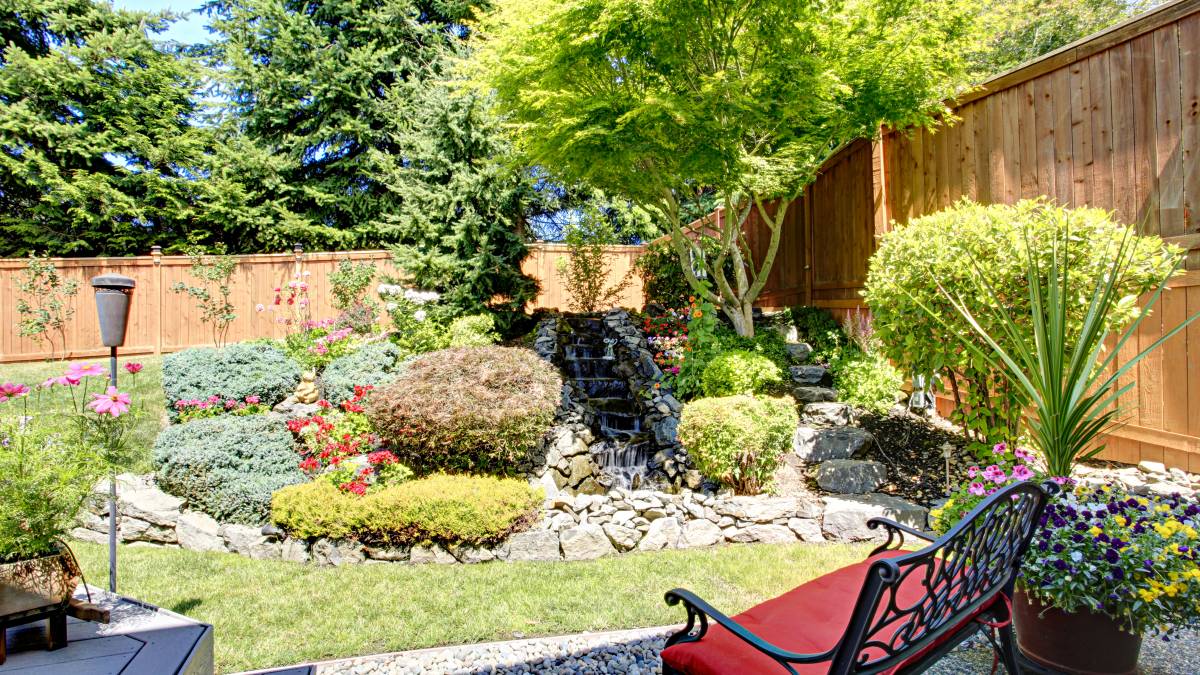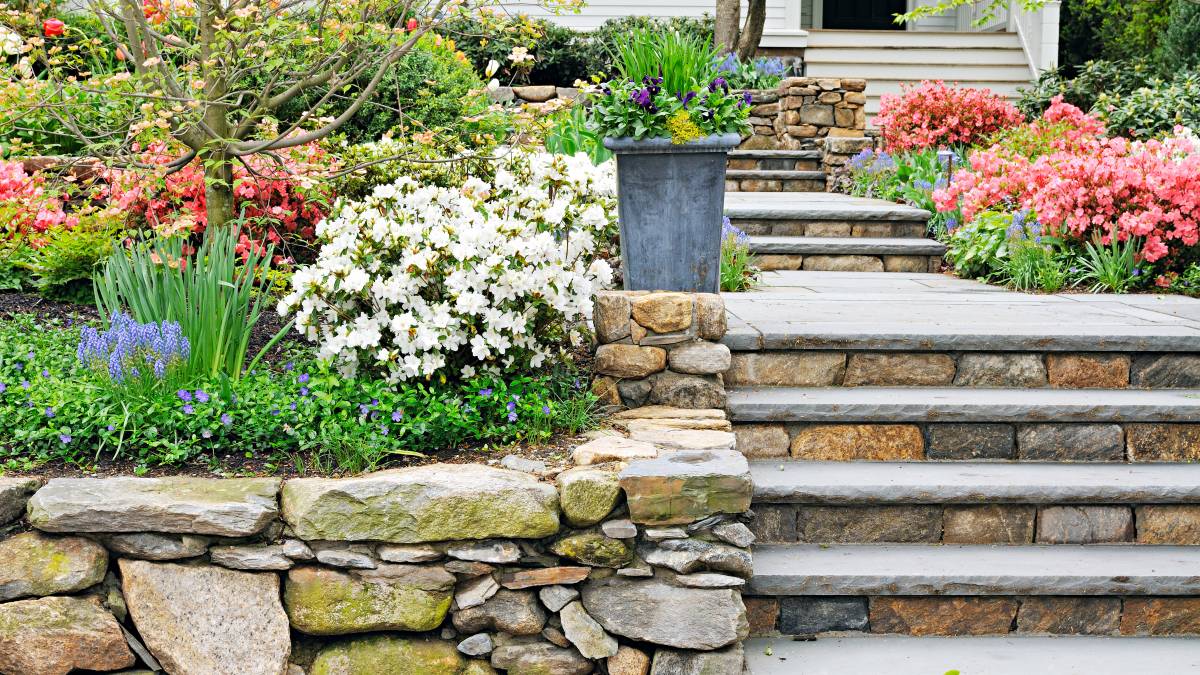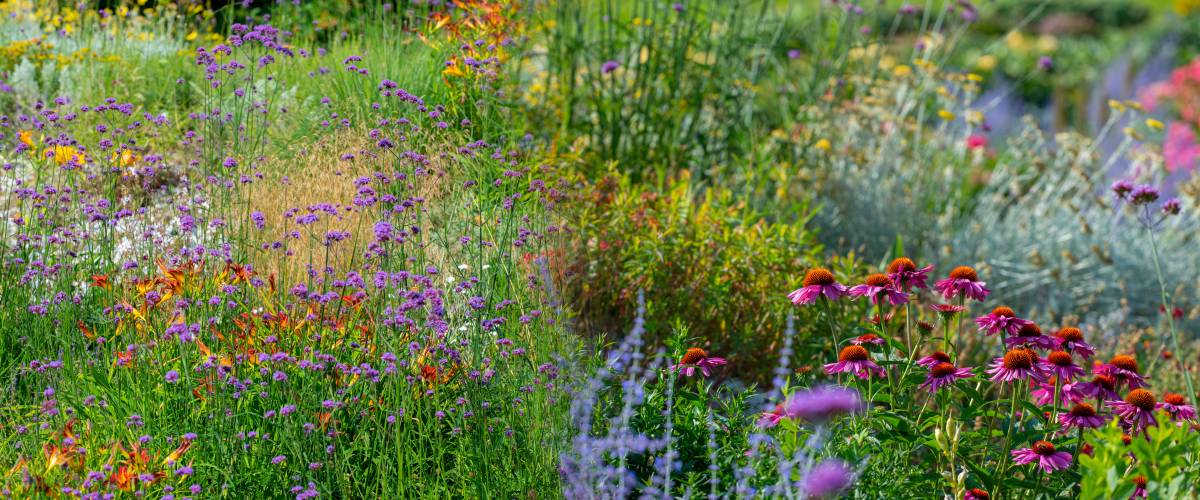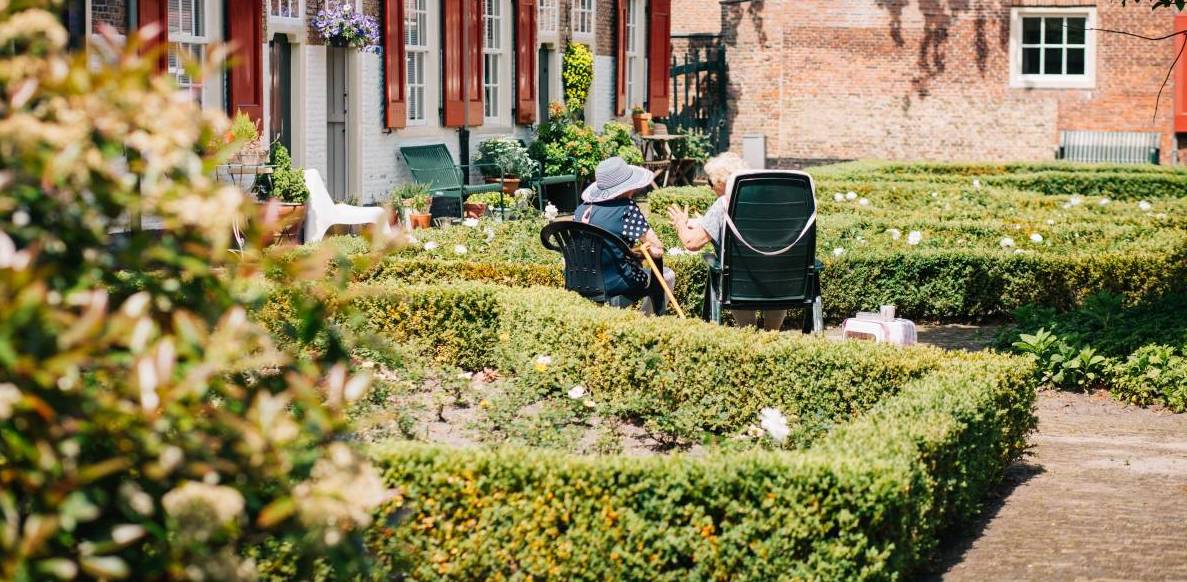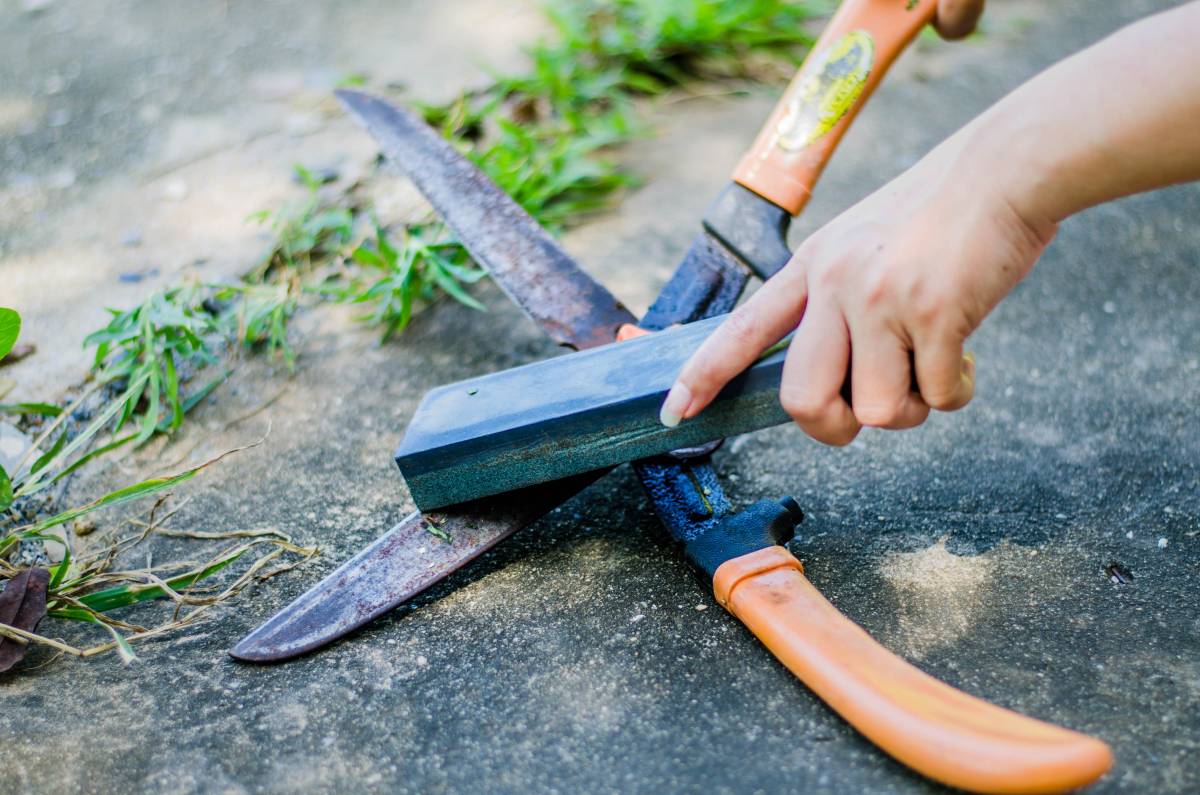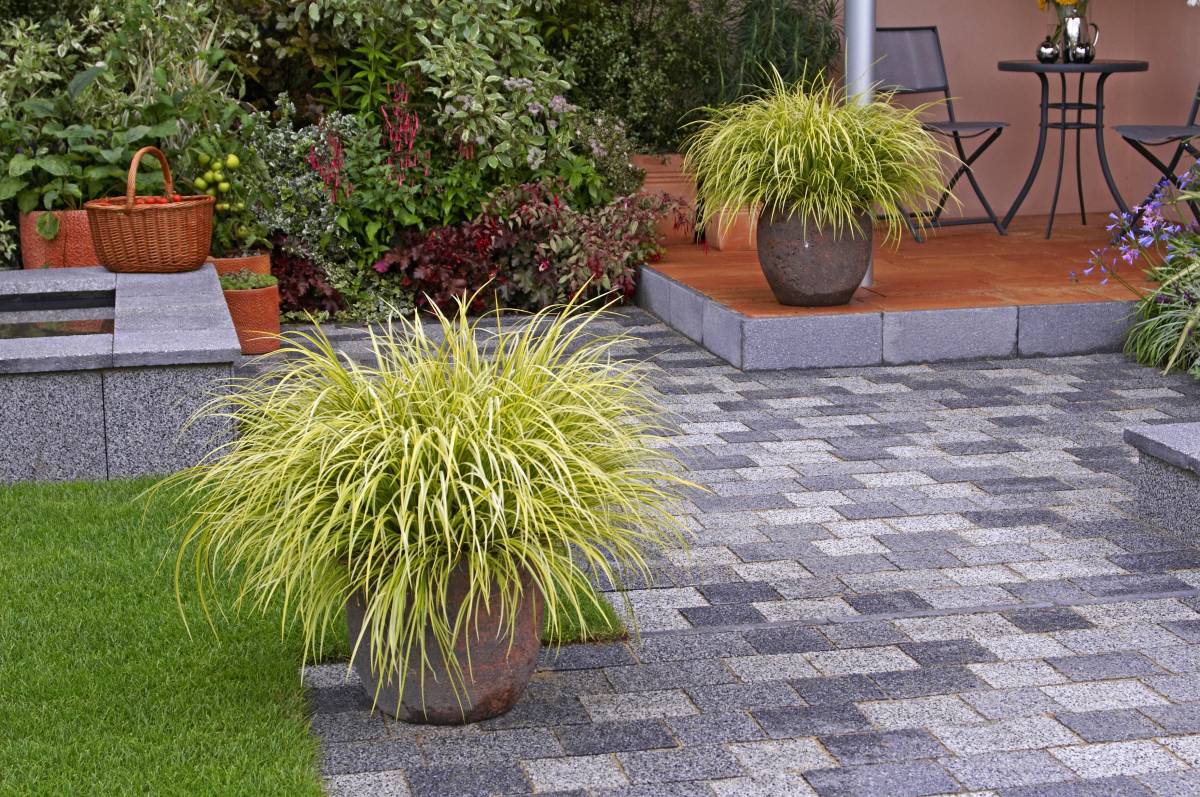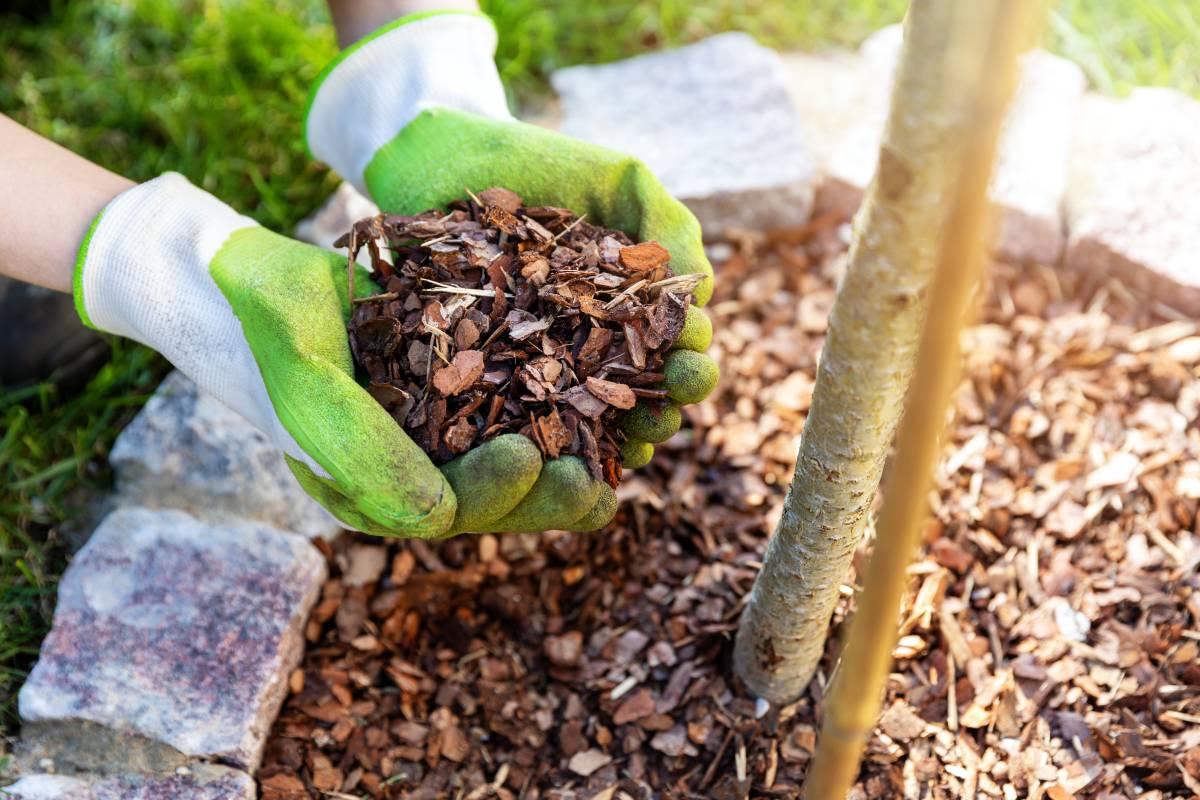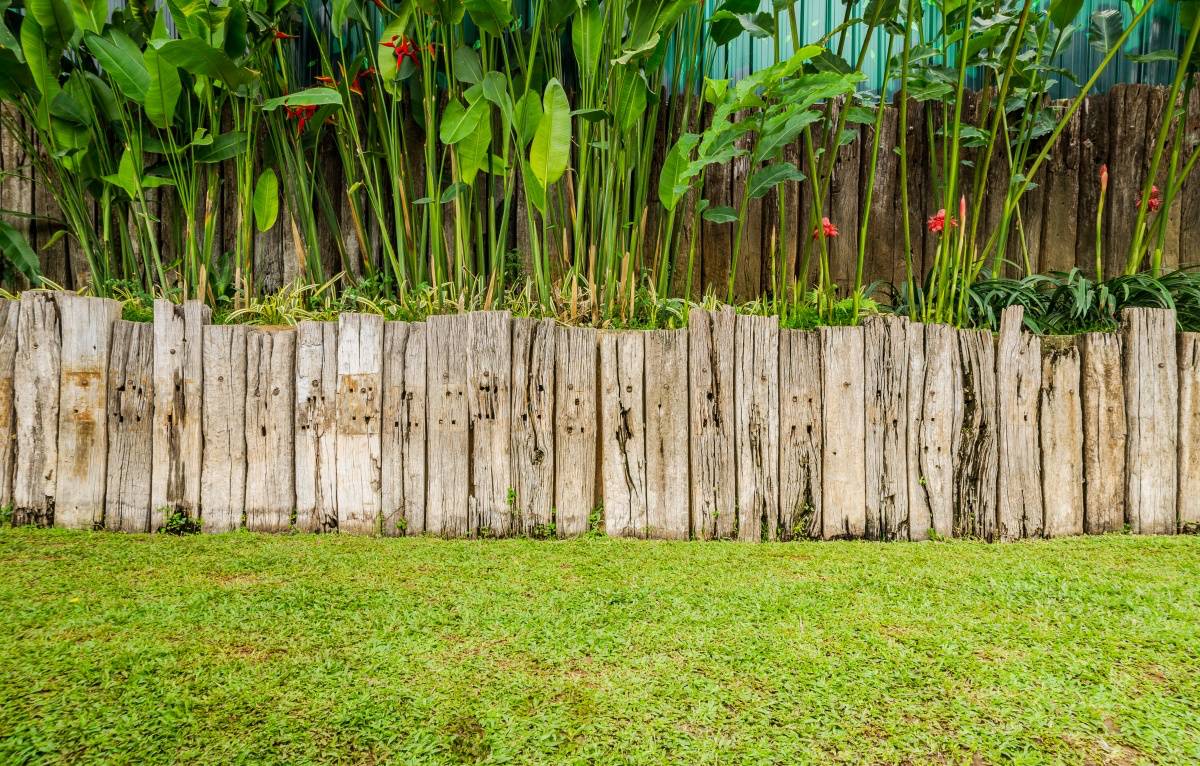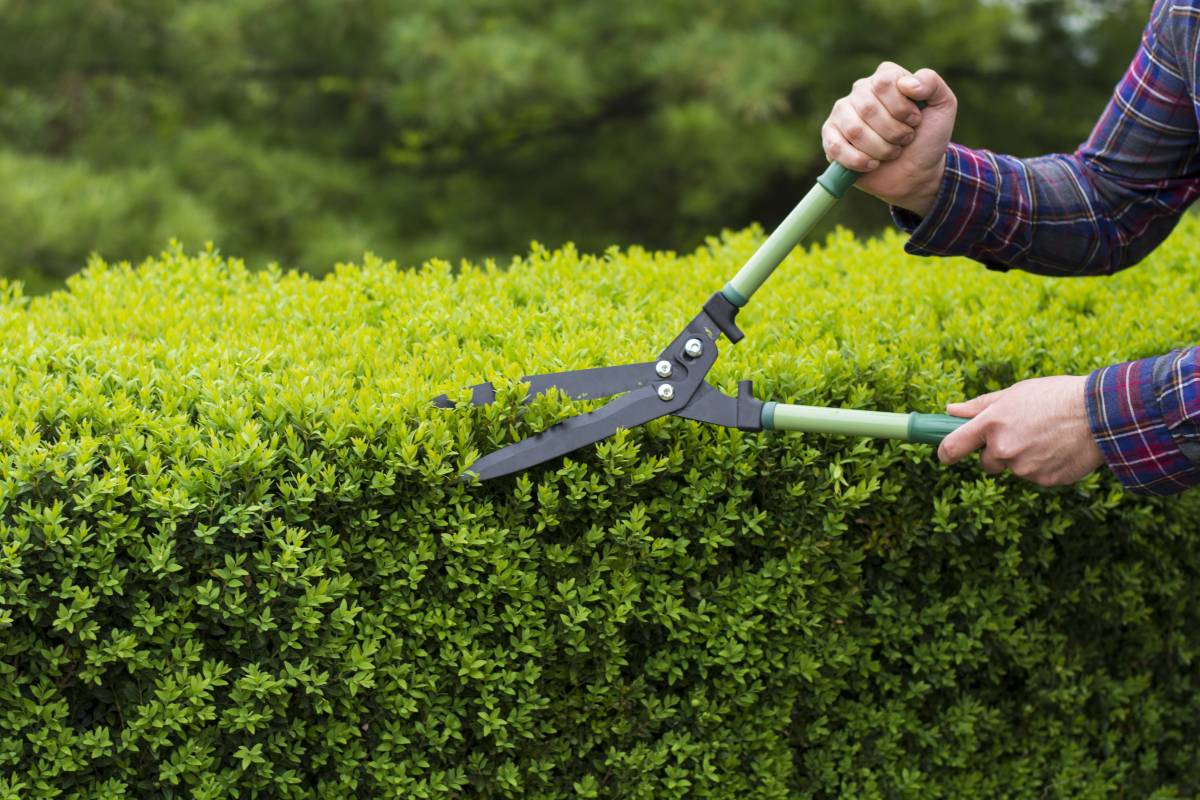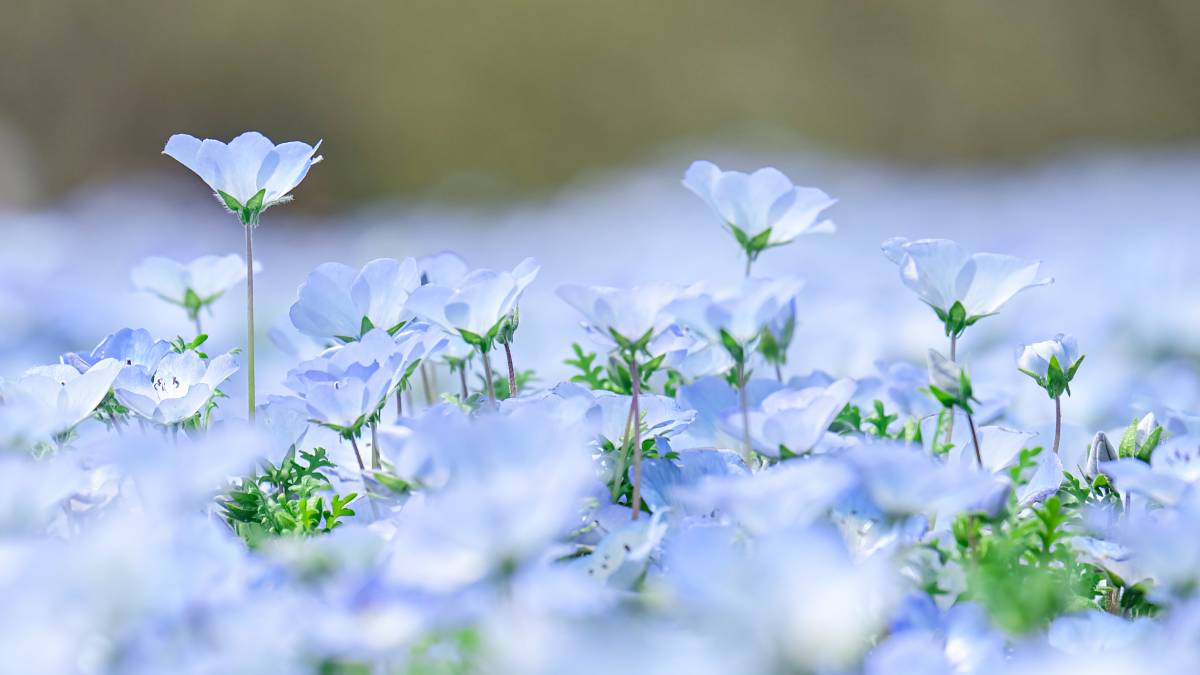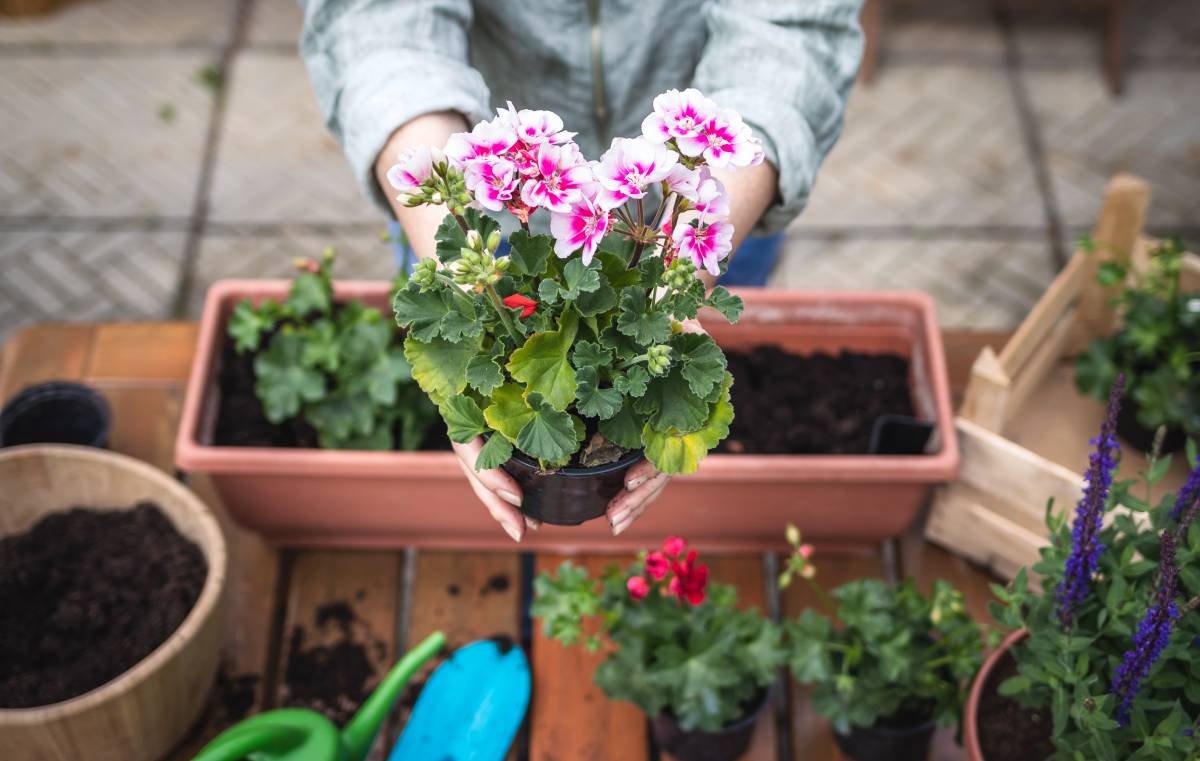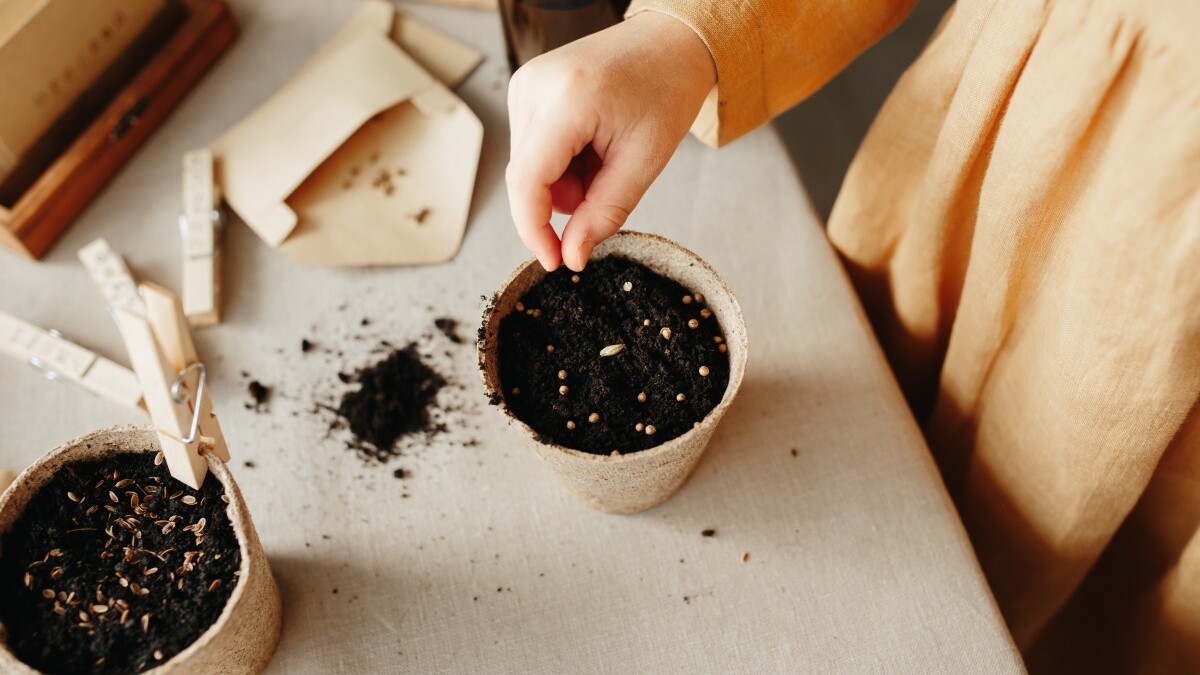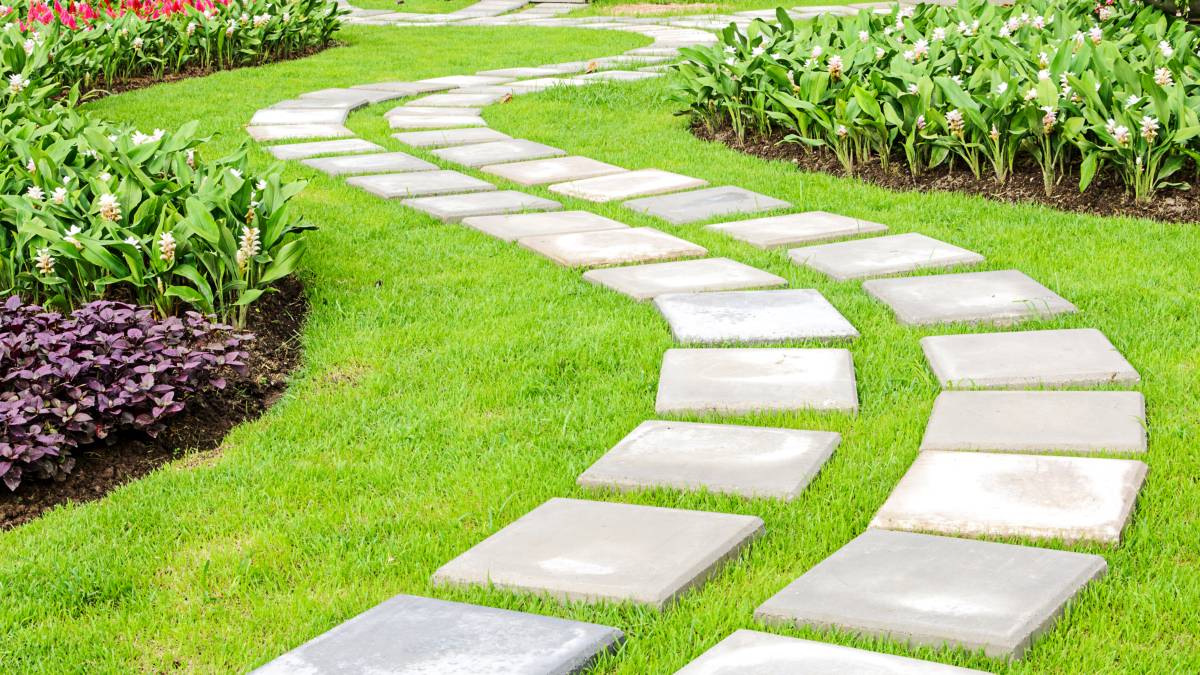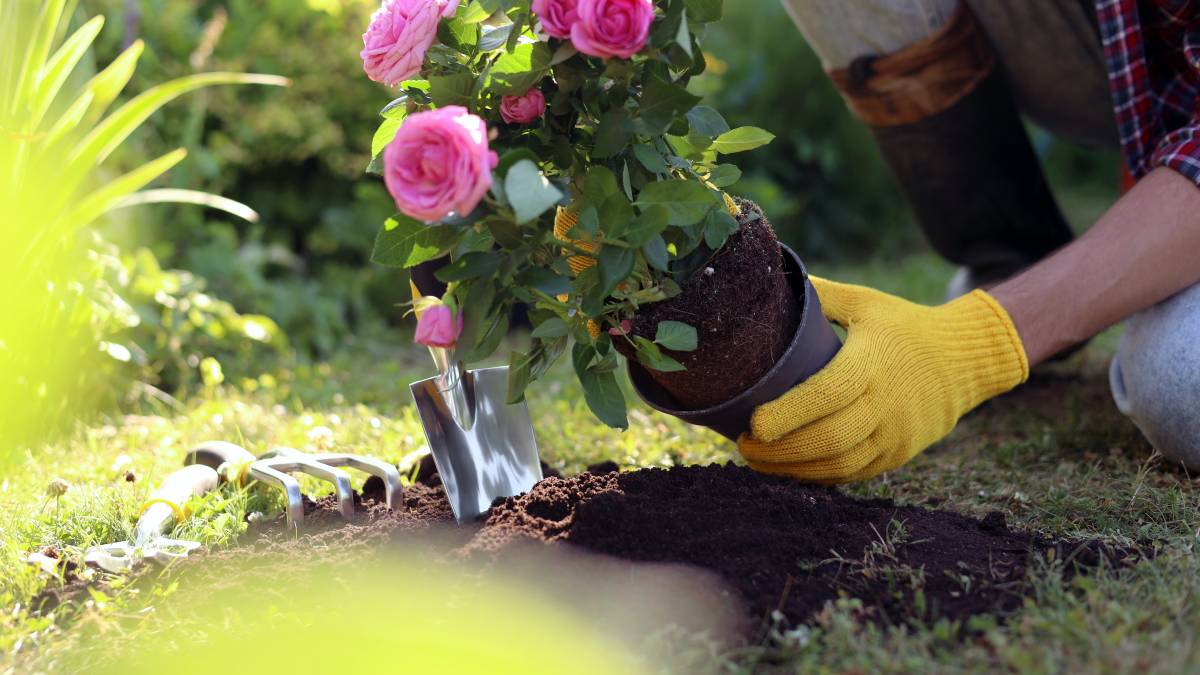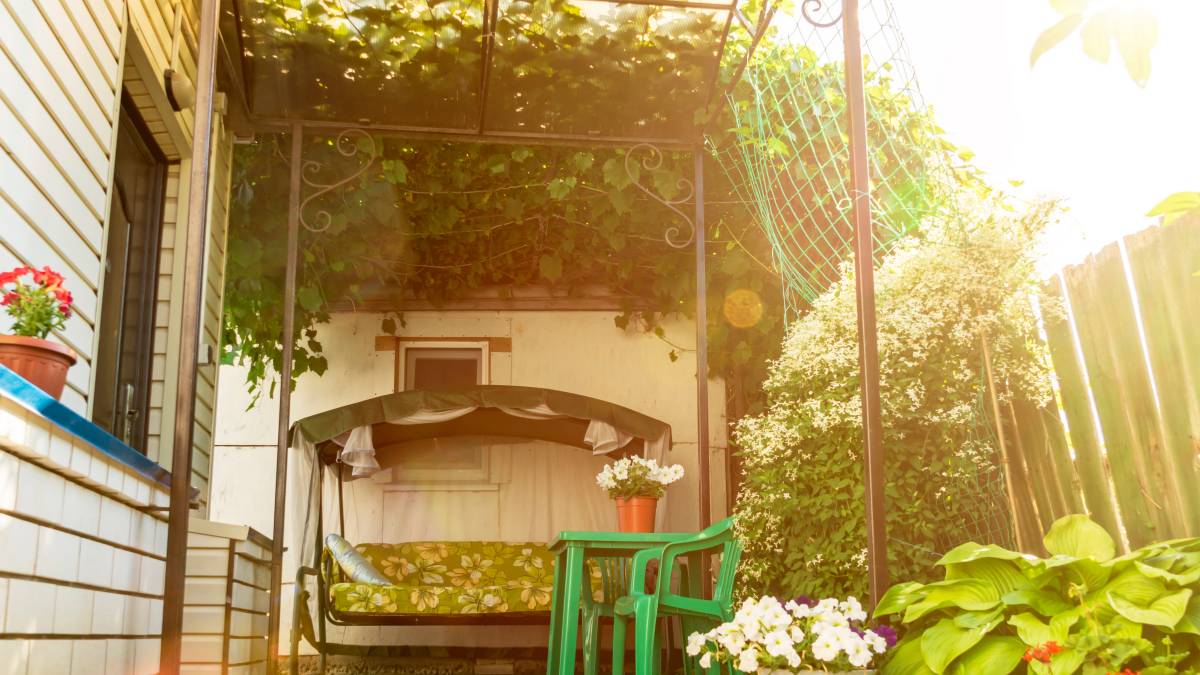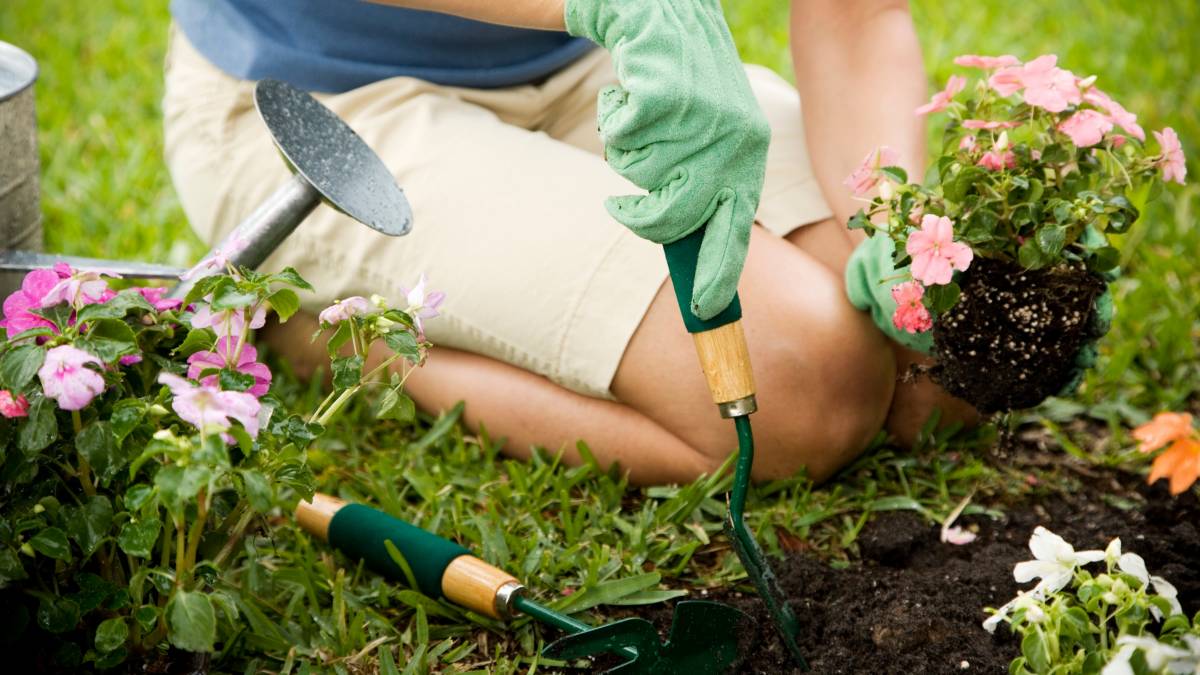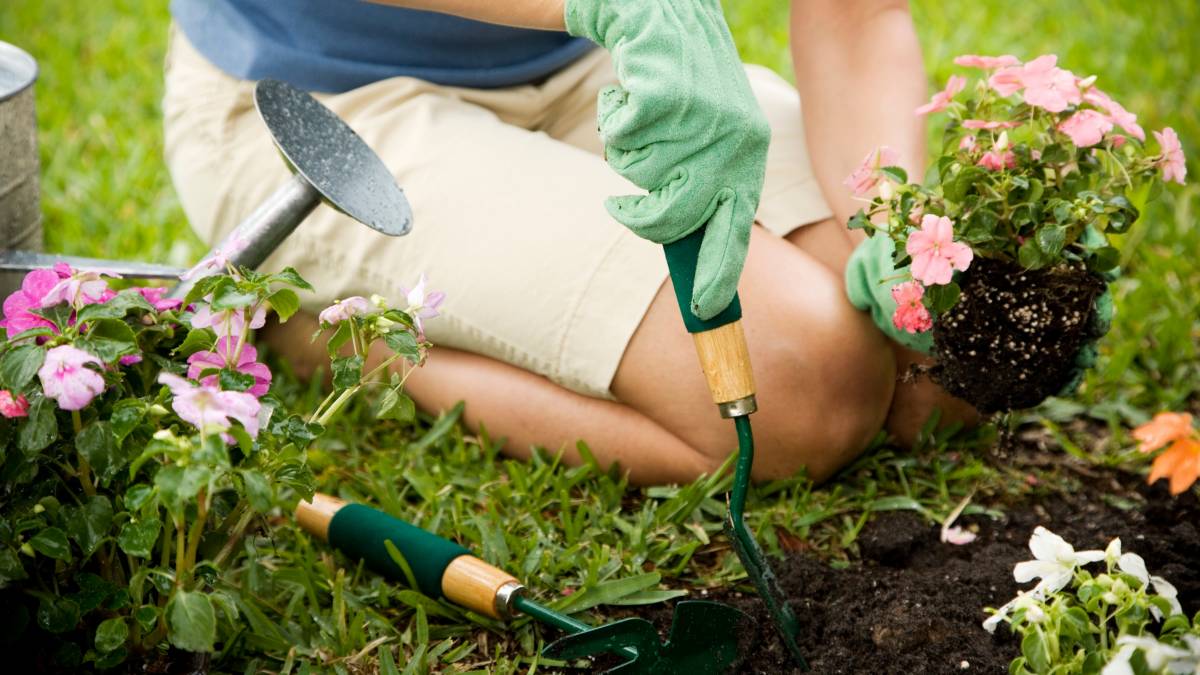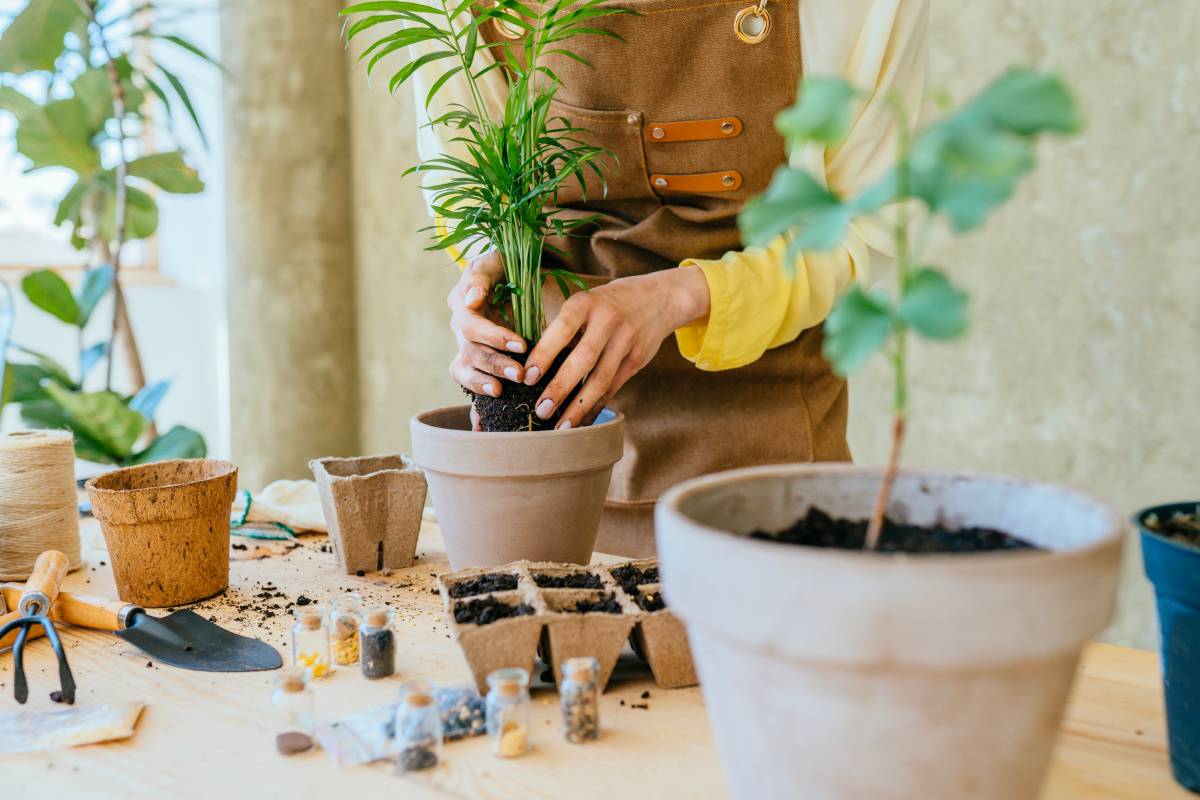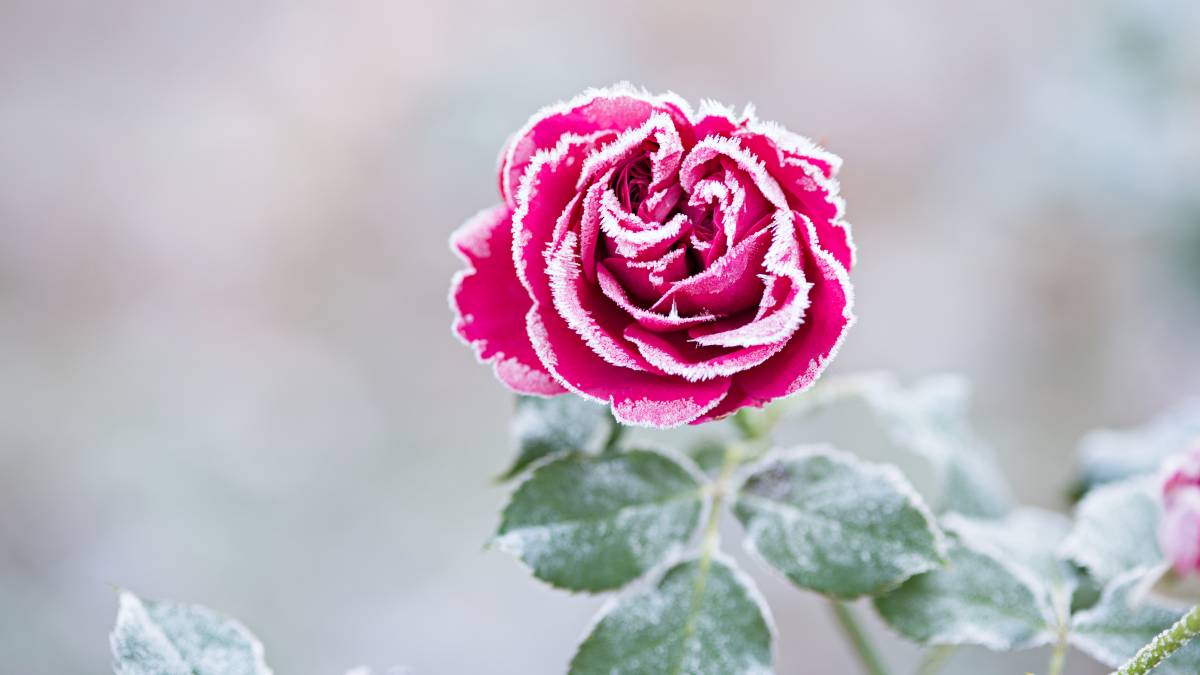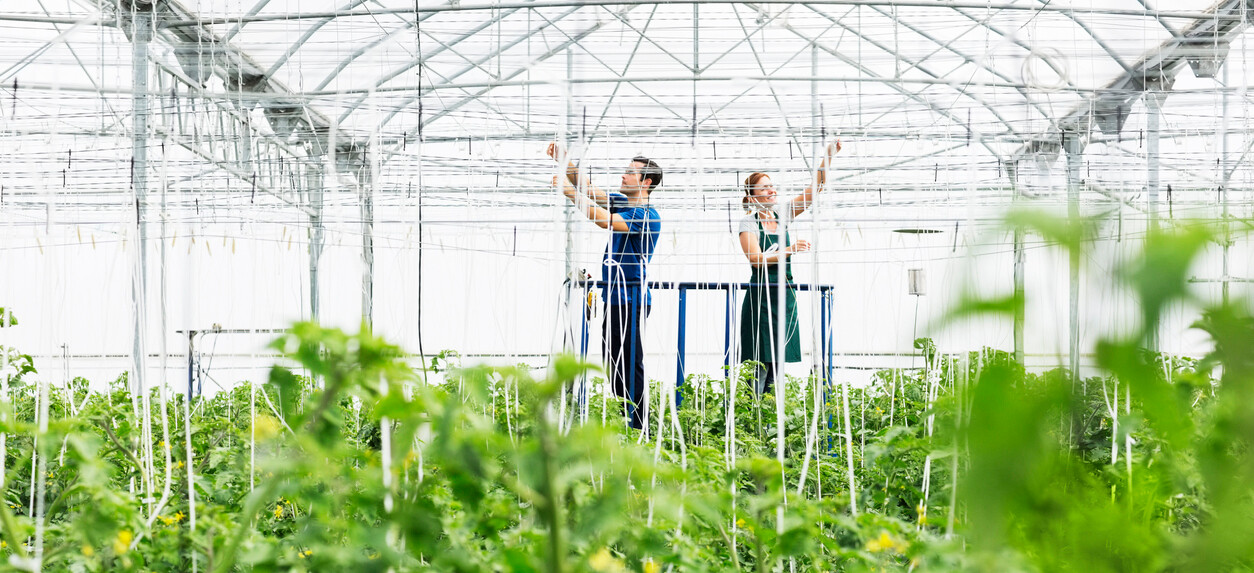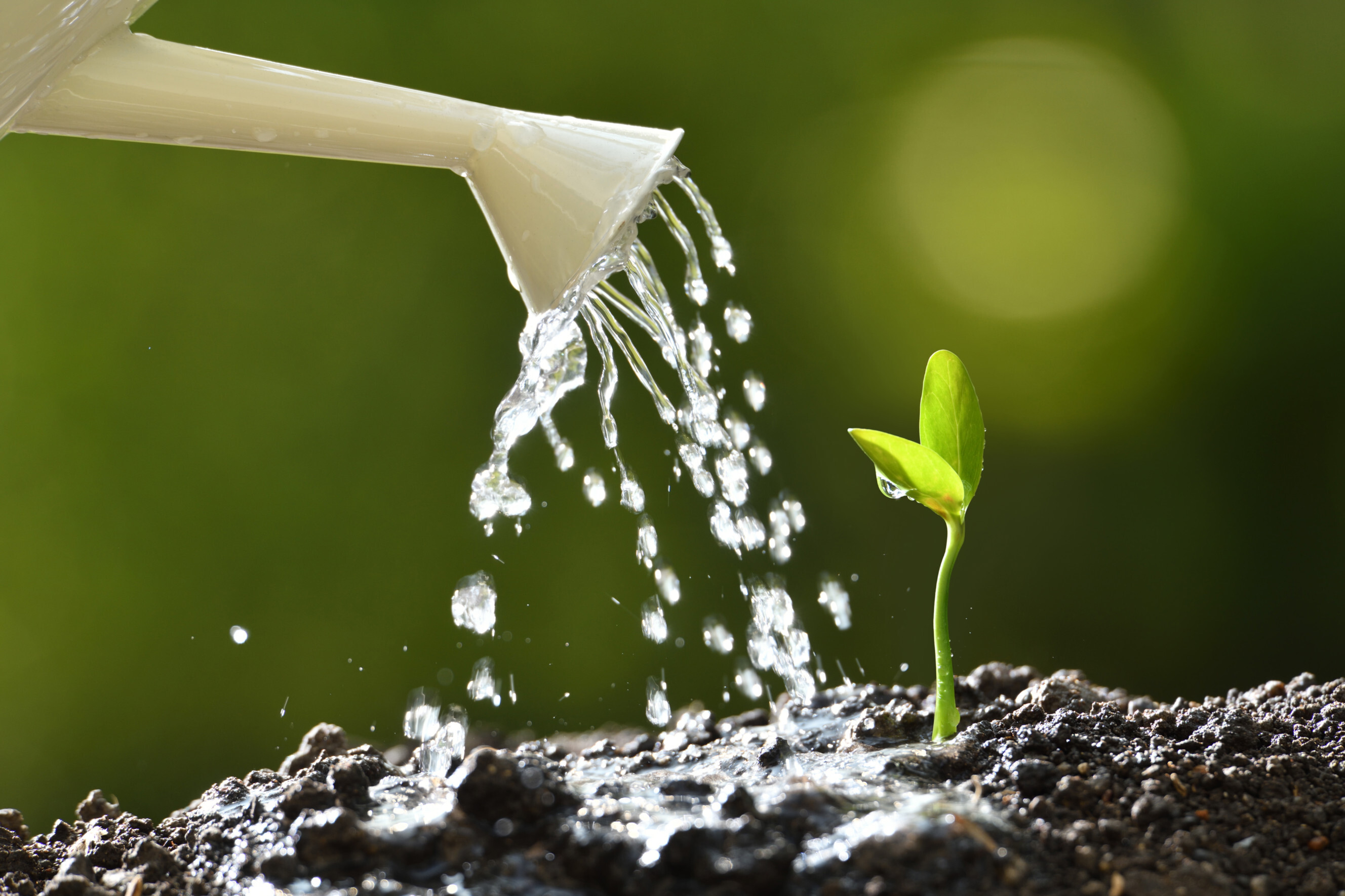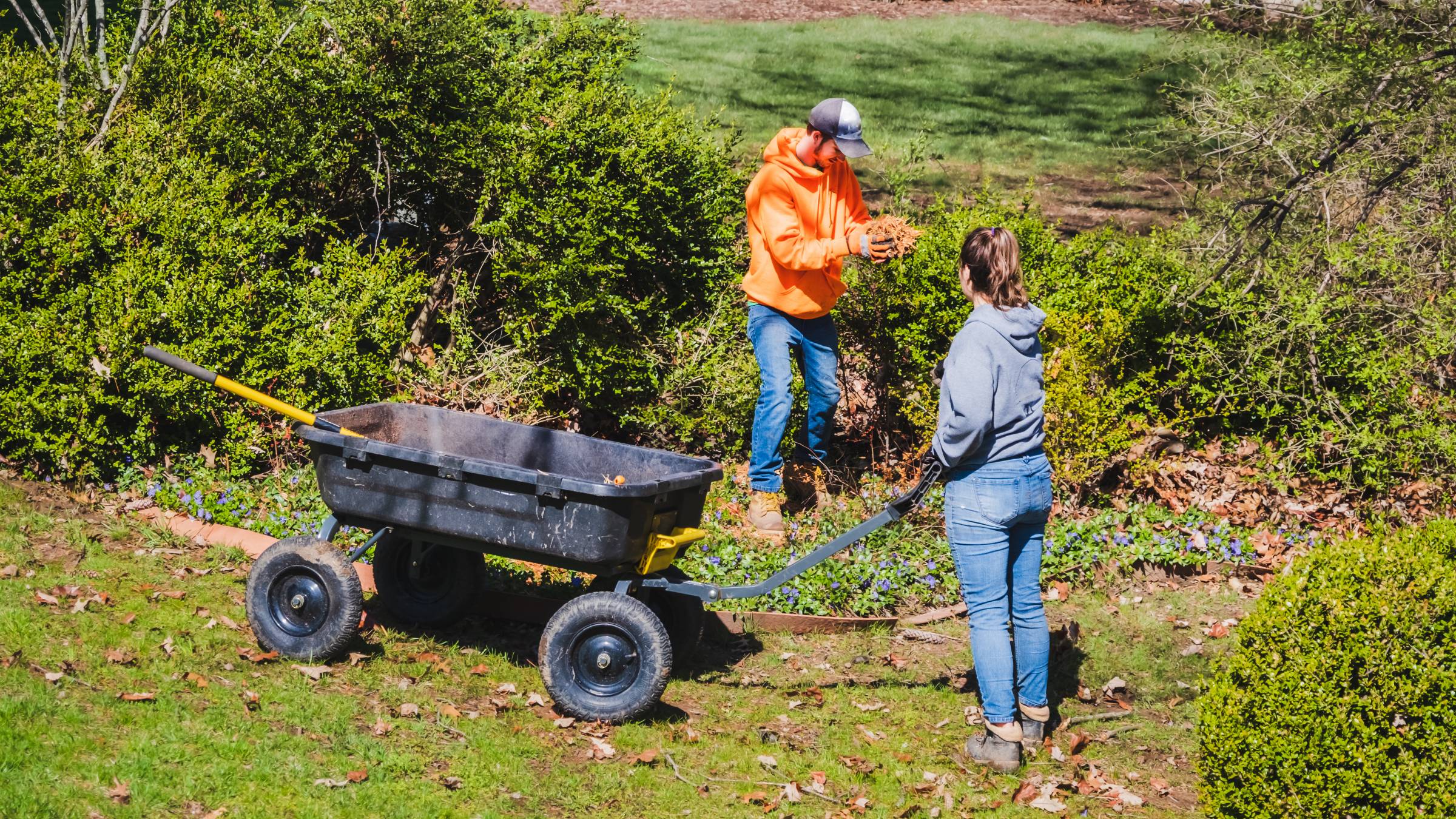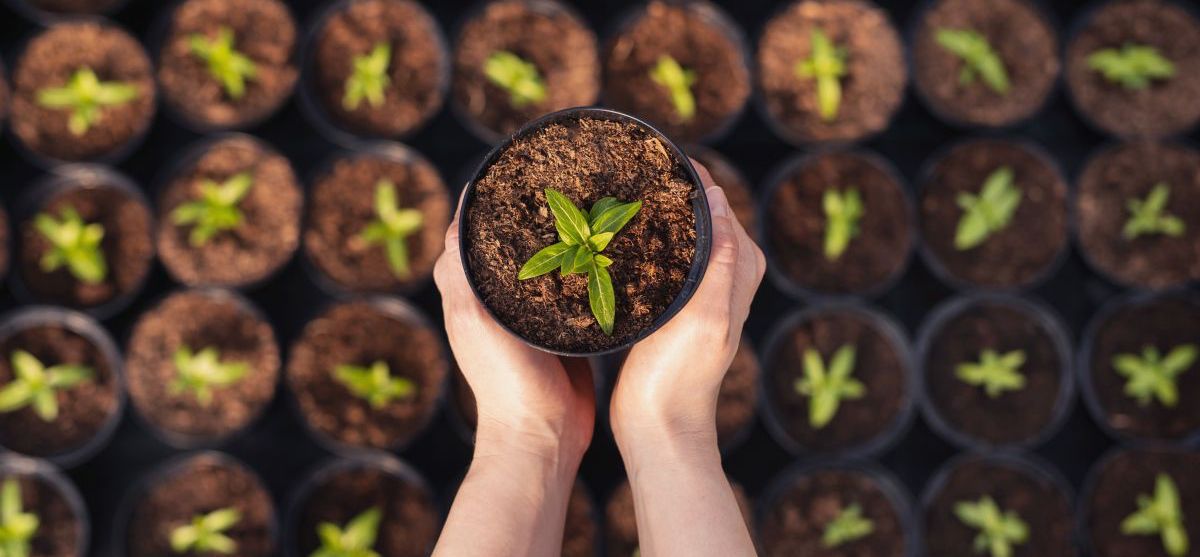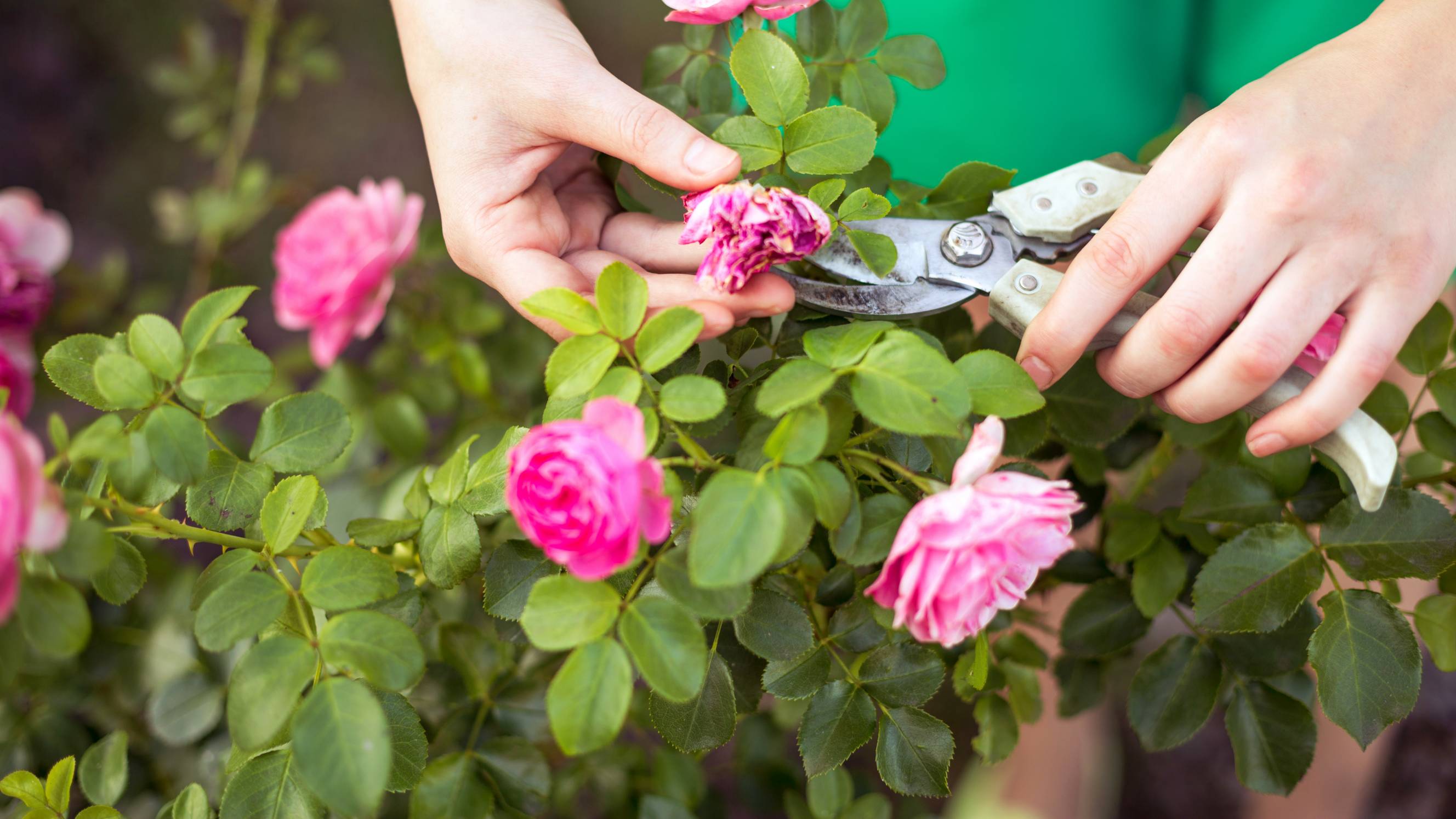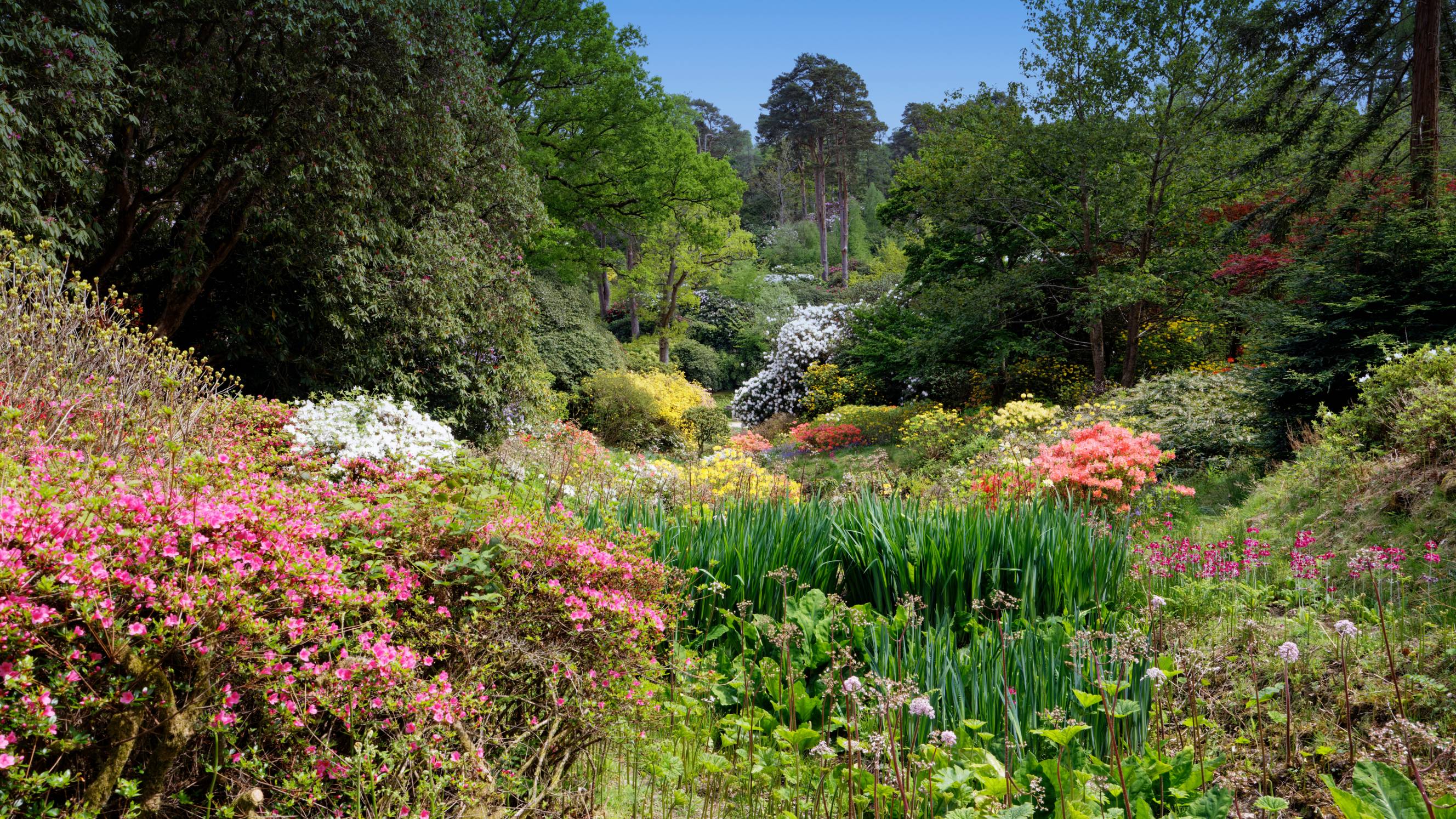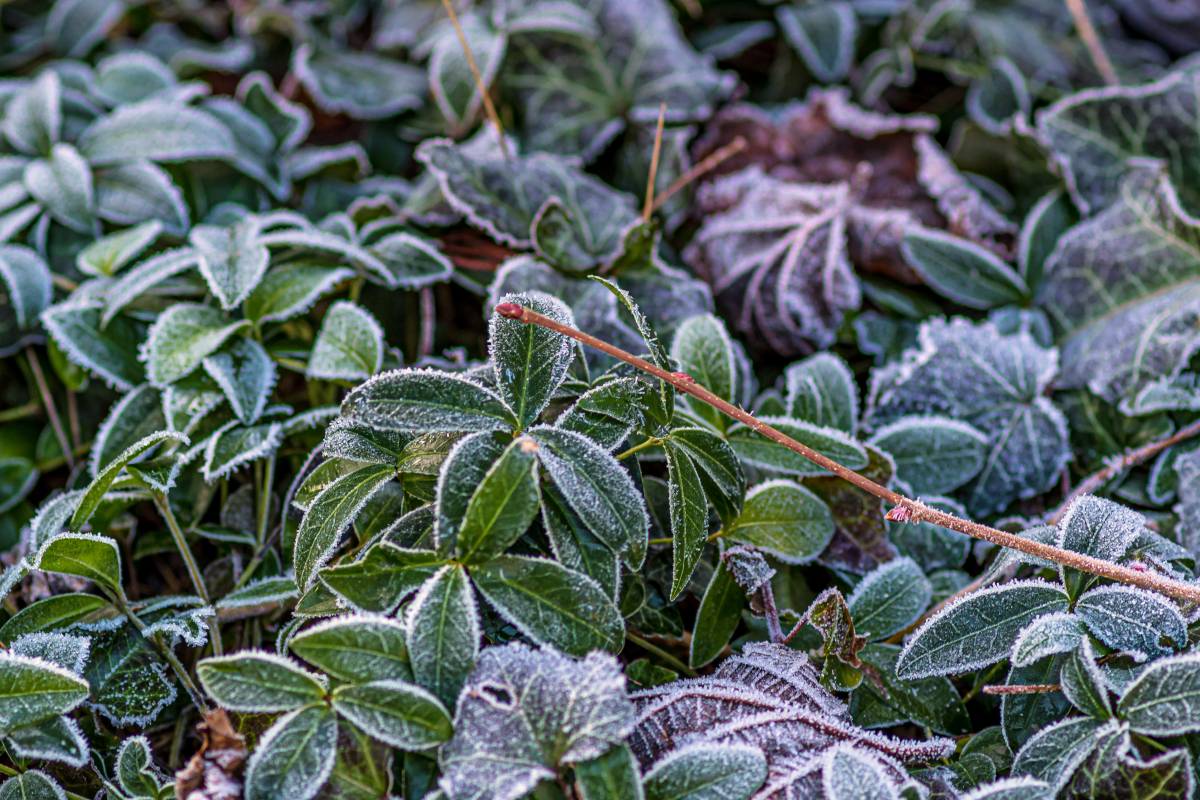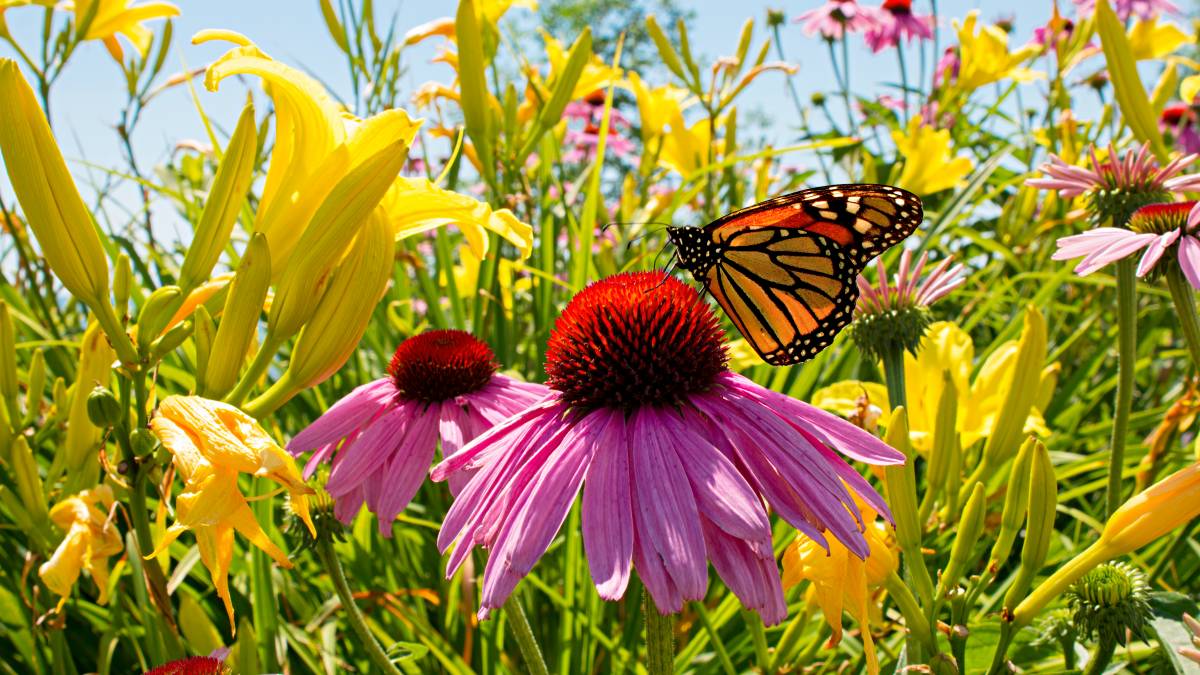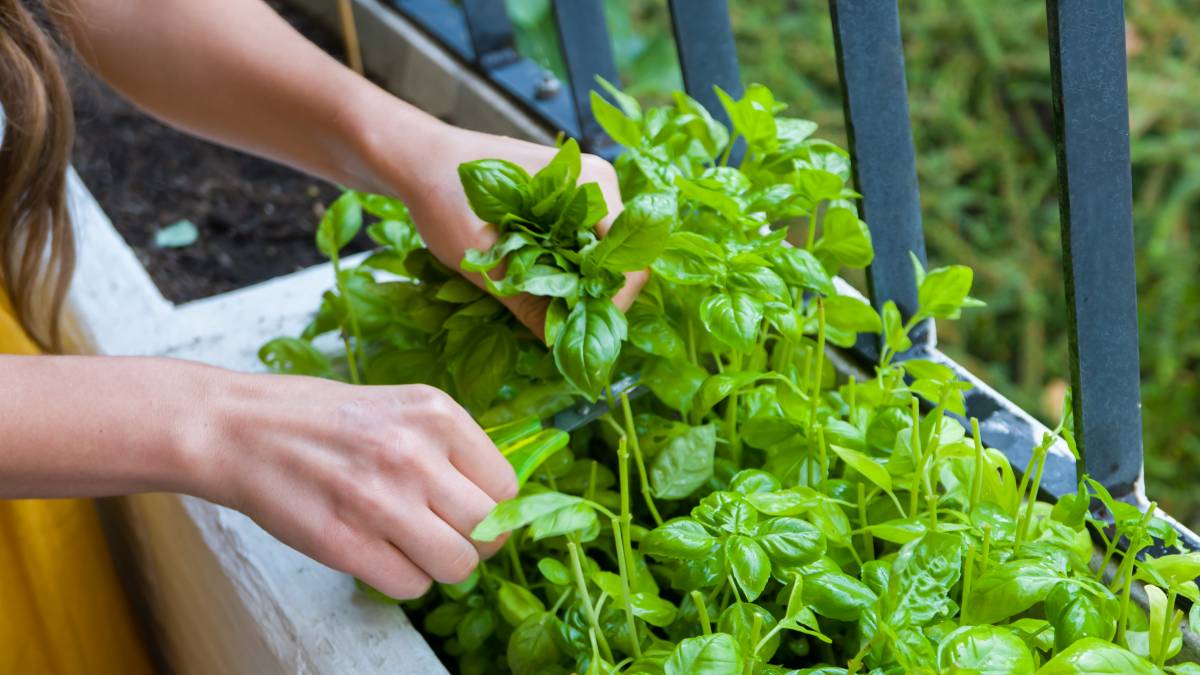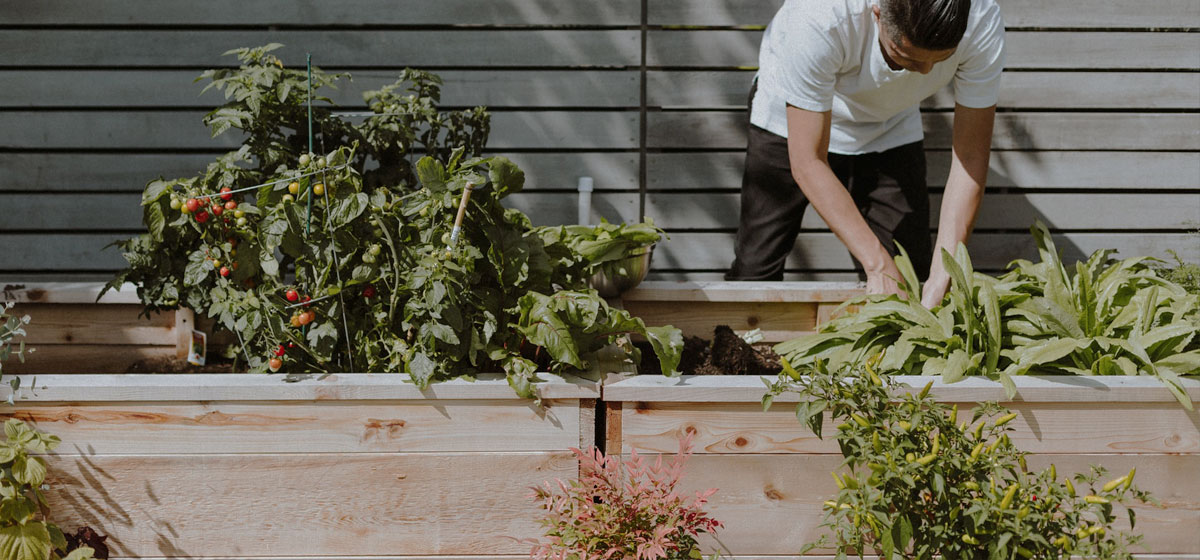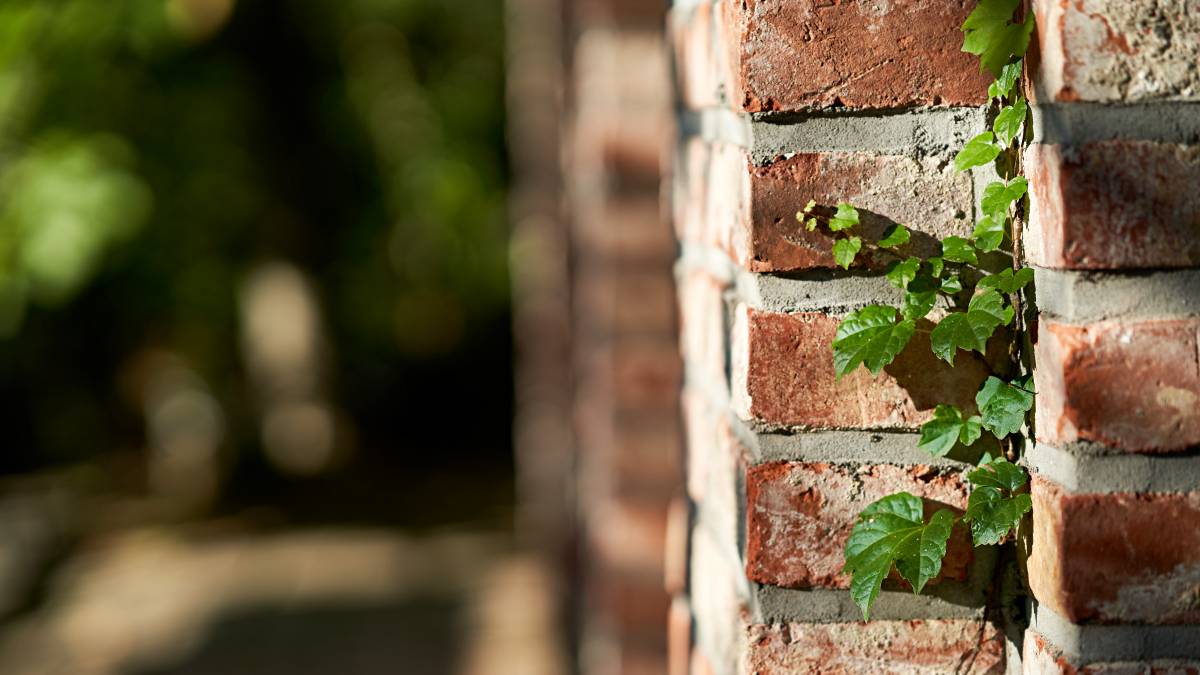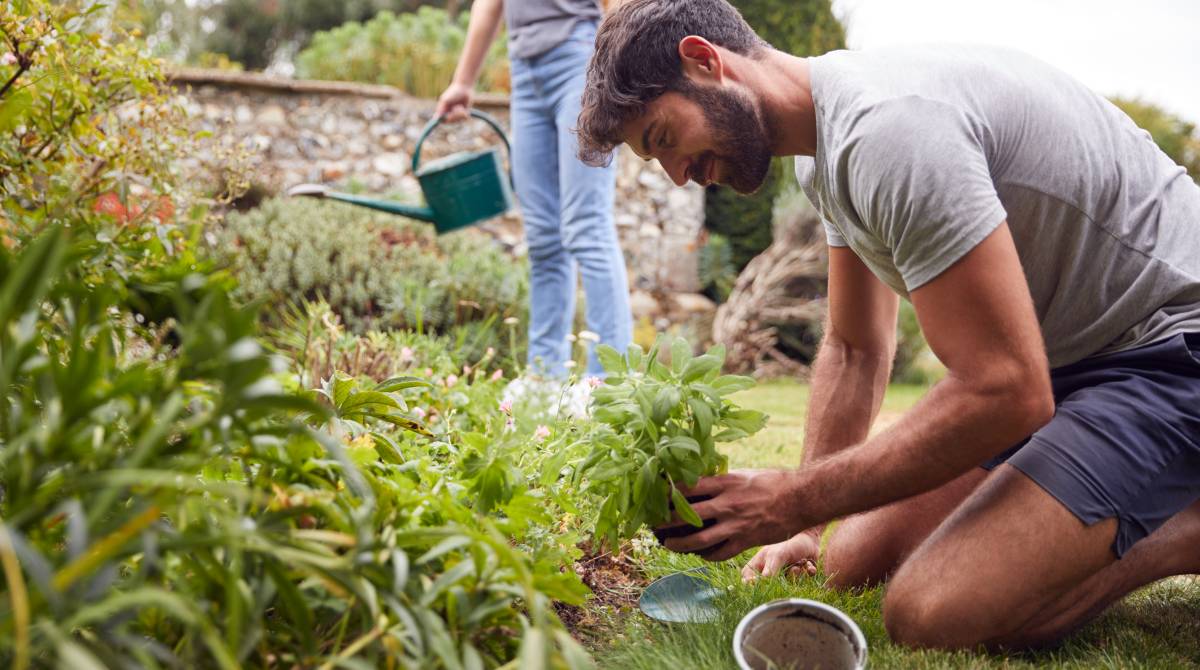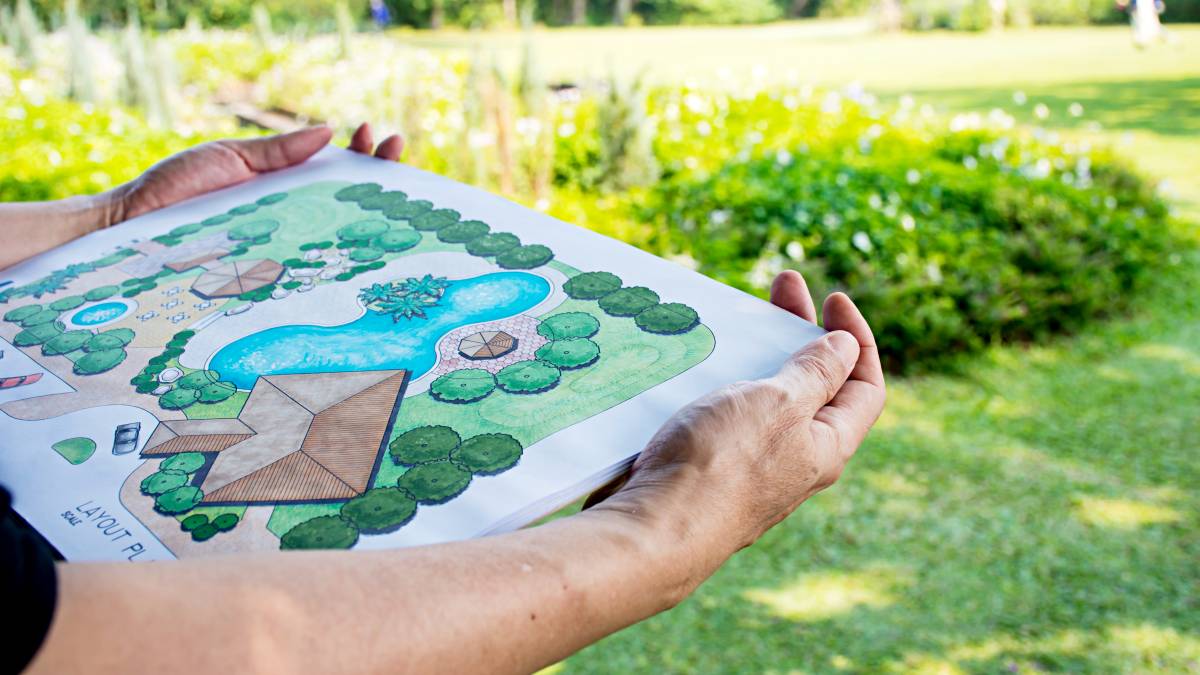
Which are the best vegetables to grow in winter
Get help from gardening expertsLast Updated on
Ever wanted to grow winter vegetables at home? Growing vegetables in the winter may seem daunting, but it is doable! Many vegetables will thrive in a cooler climate, so learning which vegetables to grow and when to plant them will ensure success in growing winter produce.
Read our guide to know the best vegetables to grow in winter.
How to determine which winter vegetables to grow
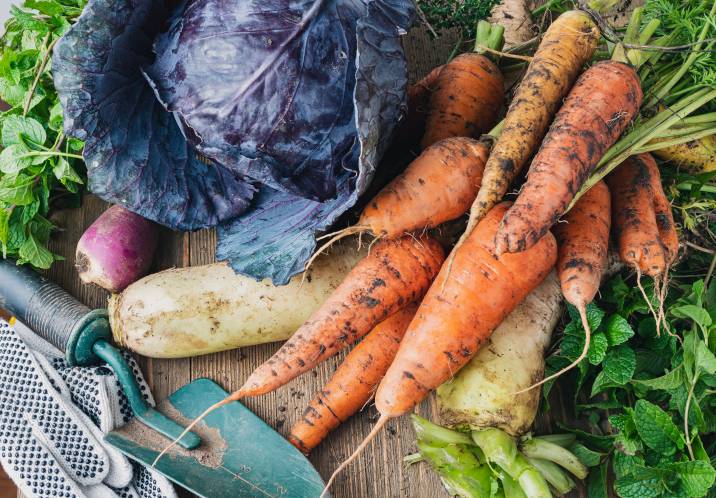
Before buying seedlings, determine which area of the United States Department of Agriculture (USDA)’s Plant Hardiness Zone you live in. The lowest temperature determines what you can grow.
For example, you can plant certain vegetables in the winter and garden as usual if you live in Zones 8 to 11, which have mild winters. States that fall within these zones include Florida, Texas, Arizona, Hawaii, California, Mississippi, Alabama, Georgia, and the Carolinas, plus the west coasts of Oregon and Washington.
Cold-hardy vegetables can survive the freezing temperatures of the Northern climates in areas like North Dakota and Minnesota.
Hardy vegetables
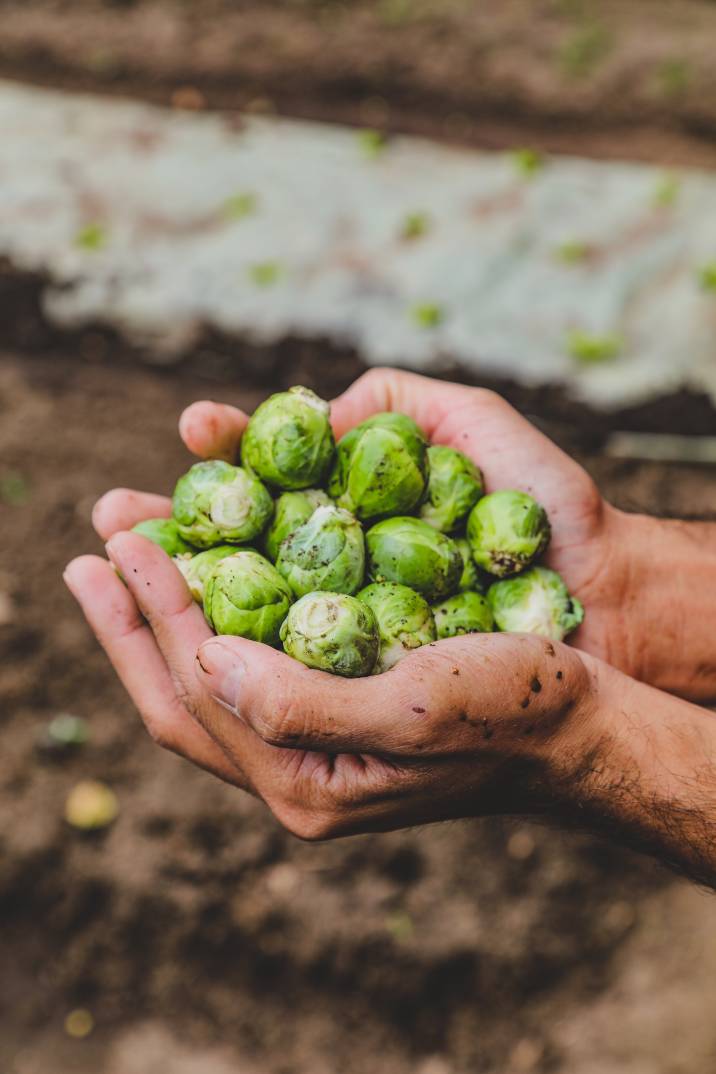
If you live in areas with temperatures that drop below 25° to 28° Fahrenheit, look into growing hardy vegetables. They tolerate frosts in this temperature range, but you will need to provide protection during winter:
- Broccoli
- Brussels sprouts
- Collards
- English peas
- Leeks
- Radishes
- Turnips
Semi-hardy vegetables
Semi-hardy vegetables can grow in many winter areas with temperatures at 29° to 32° Fahrenheit, but they are not as tolerant to winter temperatures compared to hardy vegetables.
If this describes the area you live in, you can grow the following:
- Arugula
- Asian greens
- Beets
- Carrots
- Endive
- Leaf lettuces
- Swiss chard
Ultra-hardy vegetables
Ultra-hardy vegetables can tolerate temperatures as low as the upper tens to low 20s. In milder climates, they can grow all winter long:
- Kale
- Mustard greens
- Spinach
Also read: How to protect plants from frost |
Vegetables you can harvest during winter
If you’ve been planting autumn vegetables, you can start harvesting these during early winter! Consider growing some faster-growing greens such as spinach, broad beans, kale, Asian greens like bok choy, and cress anytime between autumn and early winter. Consult with your local nursery or garden maintenance service for their recommendations on the best planting times for your climate.
Tips to successfully grow winter vegetables
Place your plant in a sunny area.
Vegetables need as much sun as they can get, regardless of the season. The sun is low during winter months, so your garden should be in an area that gets full winter sunlight. Take a look at your property and pick the area that gets the most sun.
Separate the vegetables by variety.
The best way to plant a vegetable garden is to plant your veggies in rows, with each variety in its own row. You can also opt for a winter vegetable container garden.
Plant herbs that repel pests.
To prevent pest infestation, you can plant herbs that are known to repel garden pests. Some herbs that emit a pungent smell and repel pests include sage, basil, lavender, and oregano. The smell is so strong that many pests cannot stand them. Other herbs taste terrible, and pests avoid them at all costs.
The process of planting different plants to obtain specific benefits, such as pest repelling, is called companion planting. This is an age-old practice that also improves the health of plants. For example, you can plant beans with beets or peas or cabbages with chard or lettuce.
Try organic gardening.
Avoid using chemicals and herbicides to grow healthy and organic vegetables. Growing an eco-friendly garden is easy and features the following steps:
- Create fertilizer from compost.
- Use mulch or a drip irrigation system to control water usage.
- Learn how you can attract friendly insects and birds to control garden pests.
- Apply companion planting.
Get creative with container gardening.
Regardless of the size of your garden, you can grow winter vegetables that do well in your climate. Plant the vegetables close together for a big harvest.
If you only have a small yard or balcony, you can still grow winter vegetables, too. How? By planting the vegetables in pots and crates. Peas and beans are perfect examples of vegetables that use up less space on your balcony.
☞ Learn more tips: Gardening for beginners
Need help setting up your garden for winter?
You can get the help of a gardening expert to grow winter veggies on Airtasker. Find many skilled and experienced gardeners to help you create the perfect garden to grow winter vegetables. A professional gardener can also recommend the vegetables that grow in your climate and the best time to plant them.
FAQs on winter vegetables
Instead of planting all your vegetables at the same time, stagger them throughout the cold winter months, and you will have a constant supply of fresh vegetables straight from your garden.
Yes. Tomatoes can do well during colder months, so long as they are in pots and placed indoors to keep the soil warm.
Yes, you can! You will need to look for “winter onions” – onion varieties that are well-suited for fall planting and have the ability to withstand chilly winter months underground.
You can choose quick-growing greens like bok choy, rainbow chard, and lettuces. You can also grow herbs like coriander, marjoram, parsley, thyme, and winter tarragon. Growing winter vegetables in pots is a great idea for those who don’t have a lot of space at home or only have a balcony. It can also help preserve water by retaining them in your plants.
Find gardeners, fast
Find a gardener
Related articles

How to build a raised garden bed
Read more

How to build garden steps
Read more

How to trim bushes the right way
Read more

13 best spring gardening tips
Read more
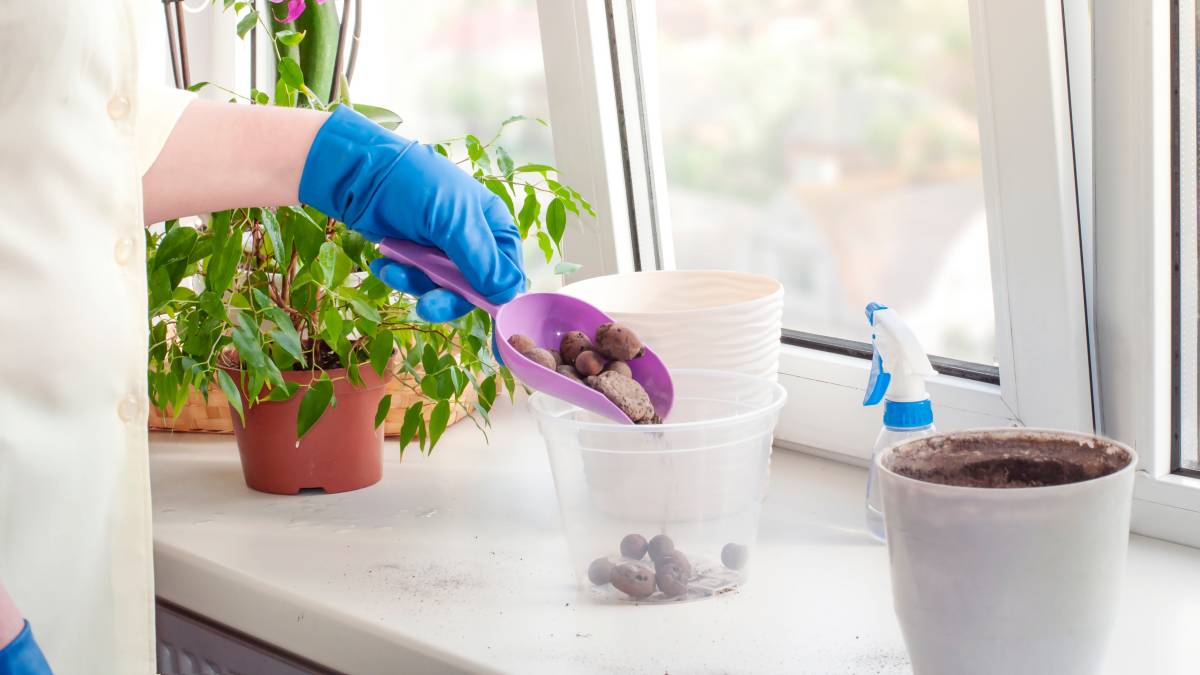
36 Quirky plant pot ideas you’ll love
Read more

How to clean landscape rocks
Read more

25 ways to make money gardening
Read more
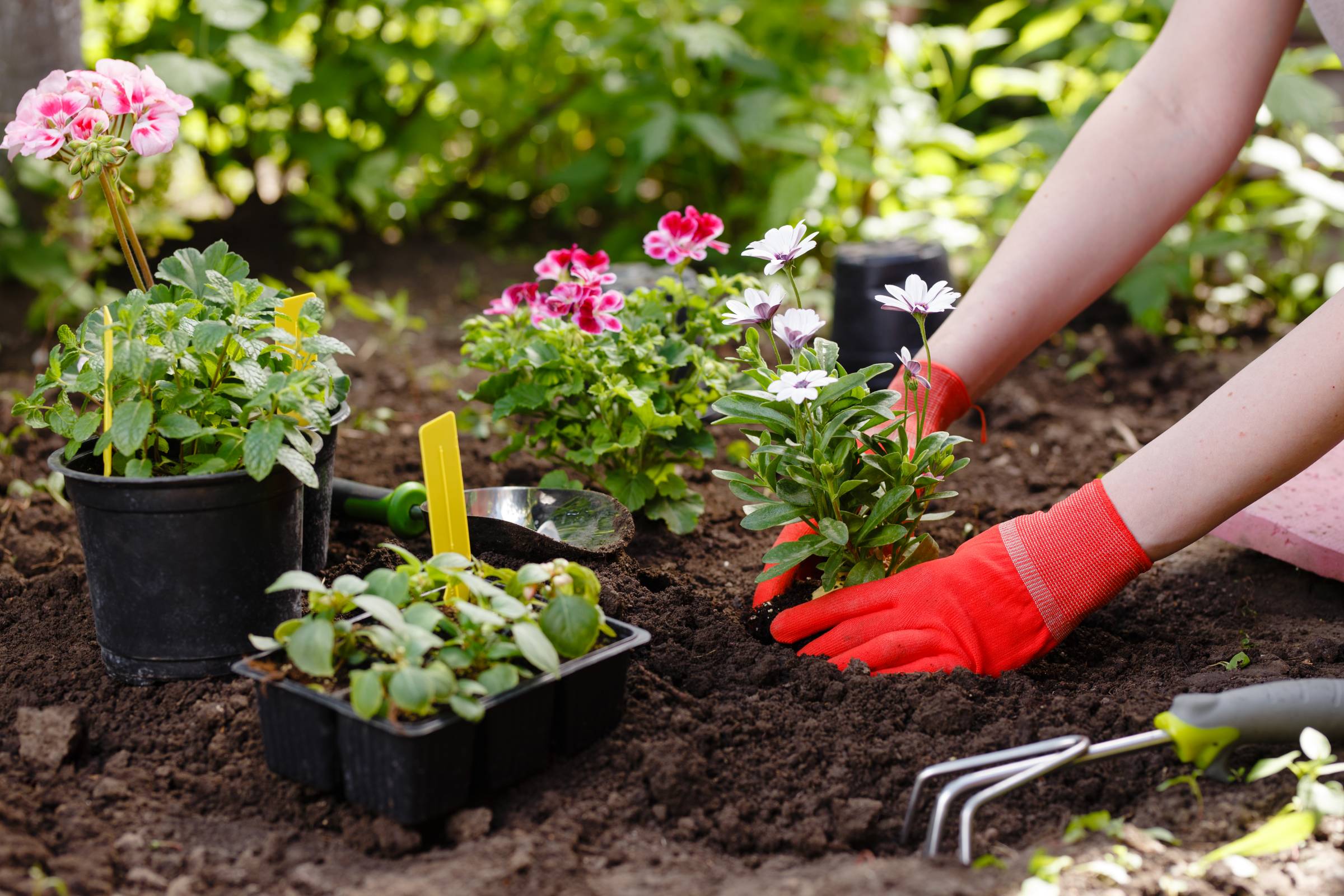
Your garden maintenance checklist
Read more
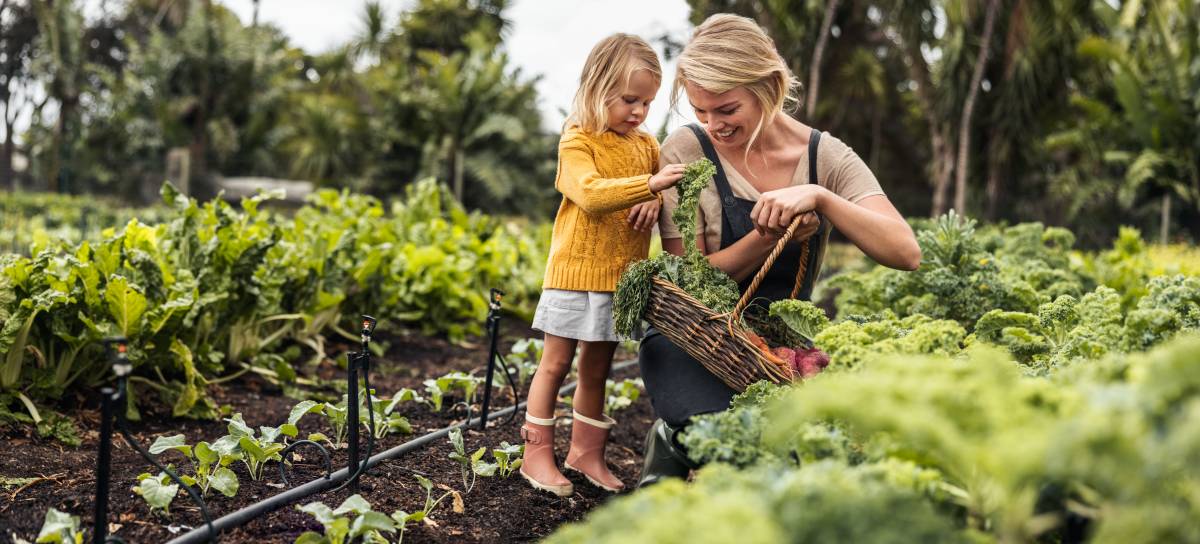
How to Start a Vegetable Garden
Read more
Related price guides
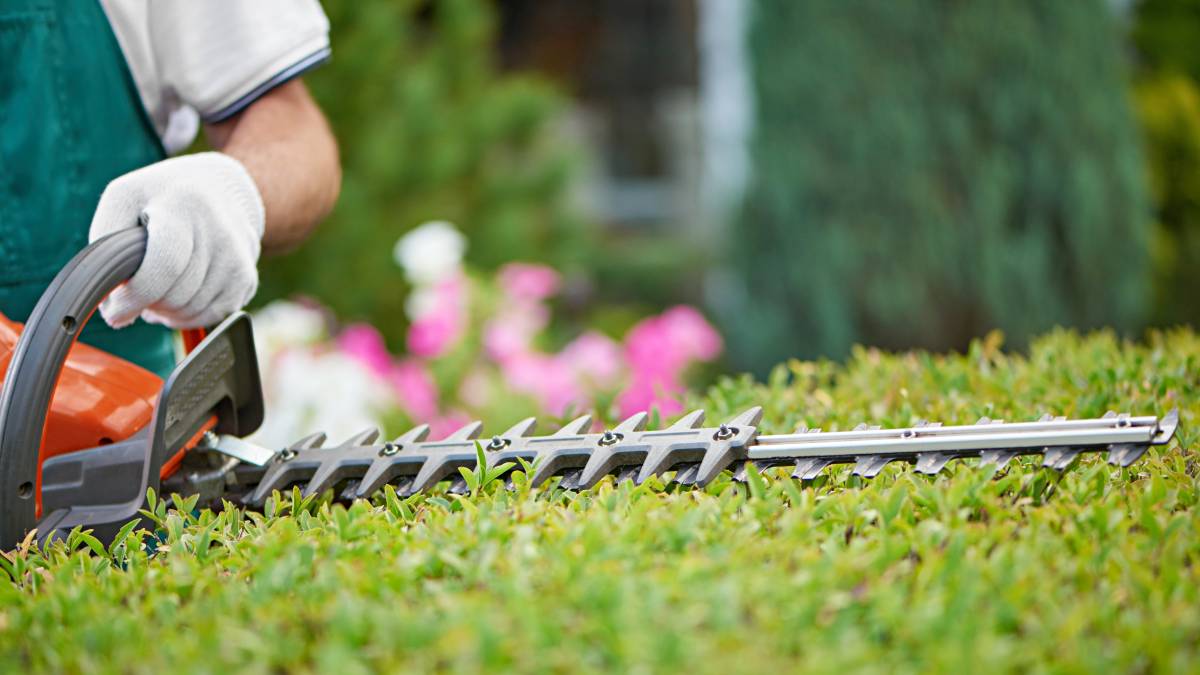
How much does hedge removal cost?
Read more

How much does a garden room cost?
Read more
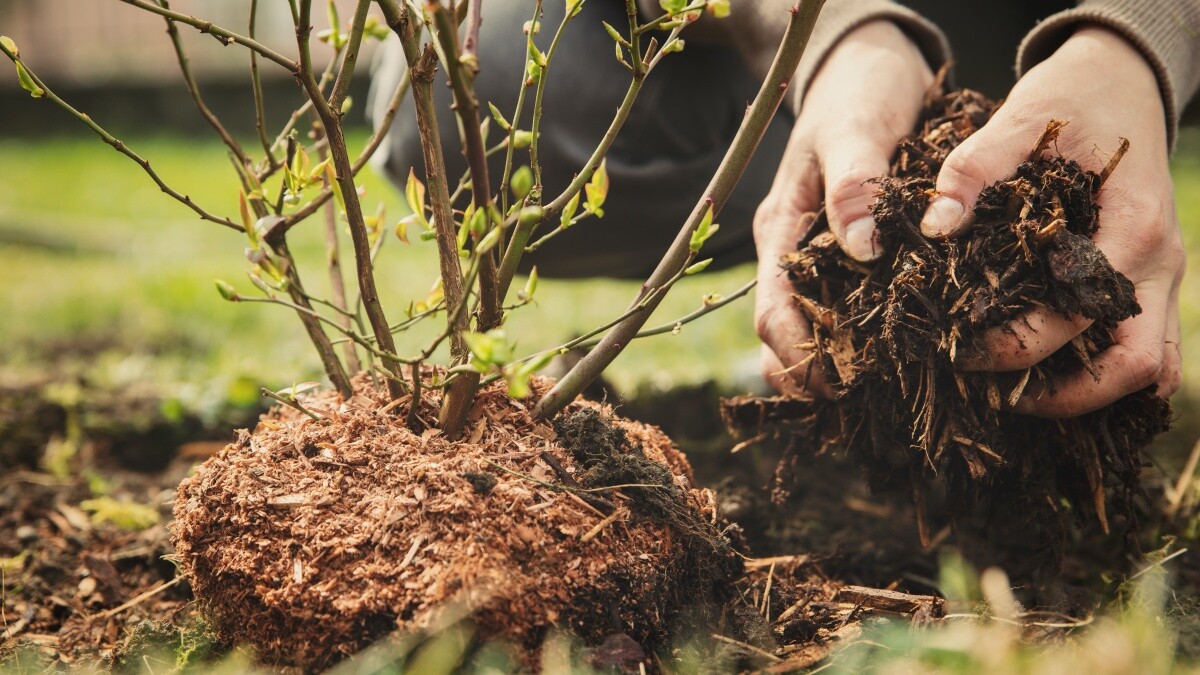
How much does mulch cost?
Read more
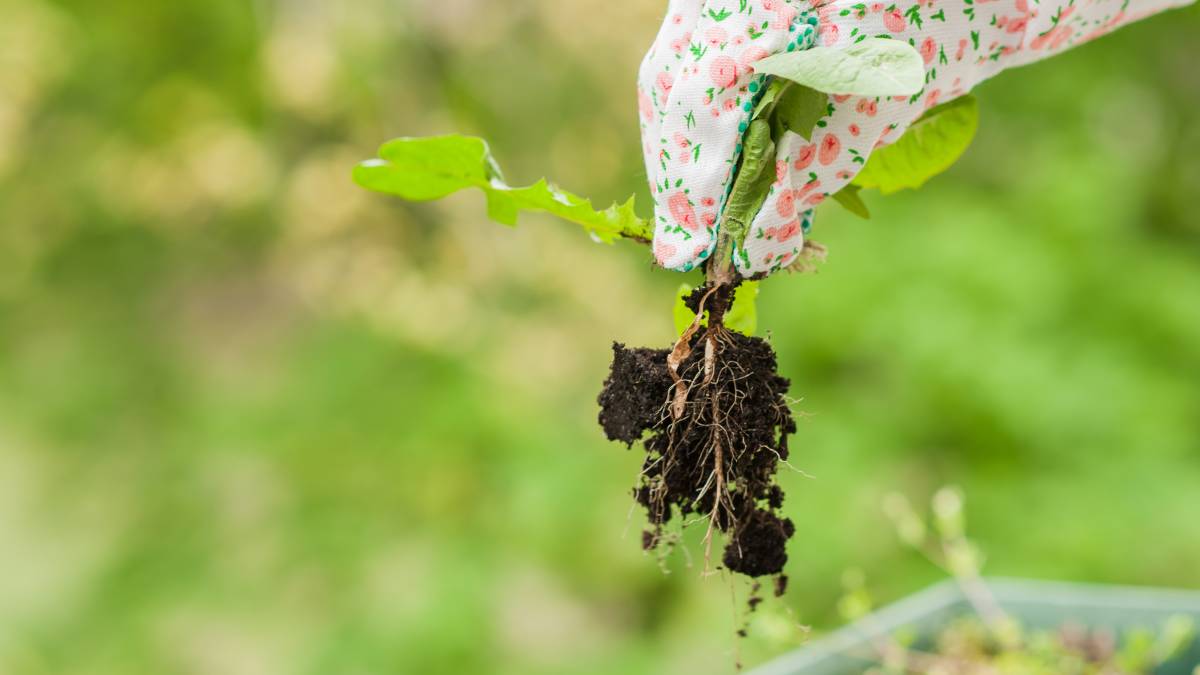
How much does weeding cost?
Read more


